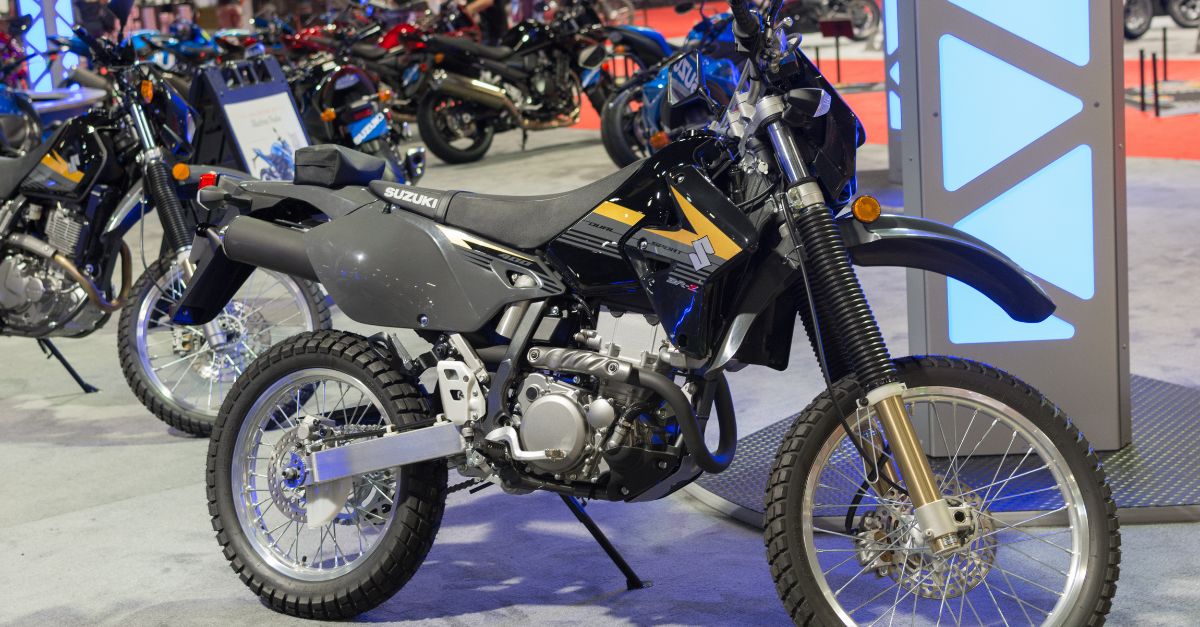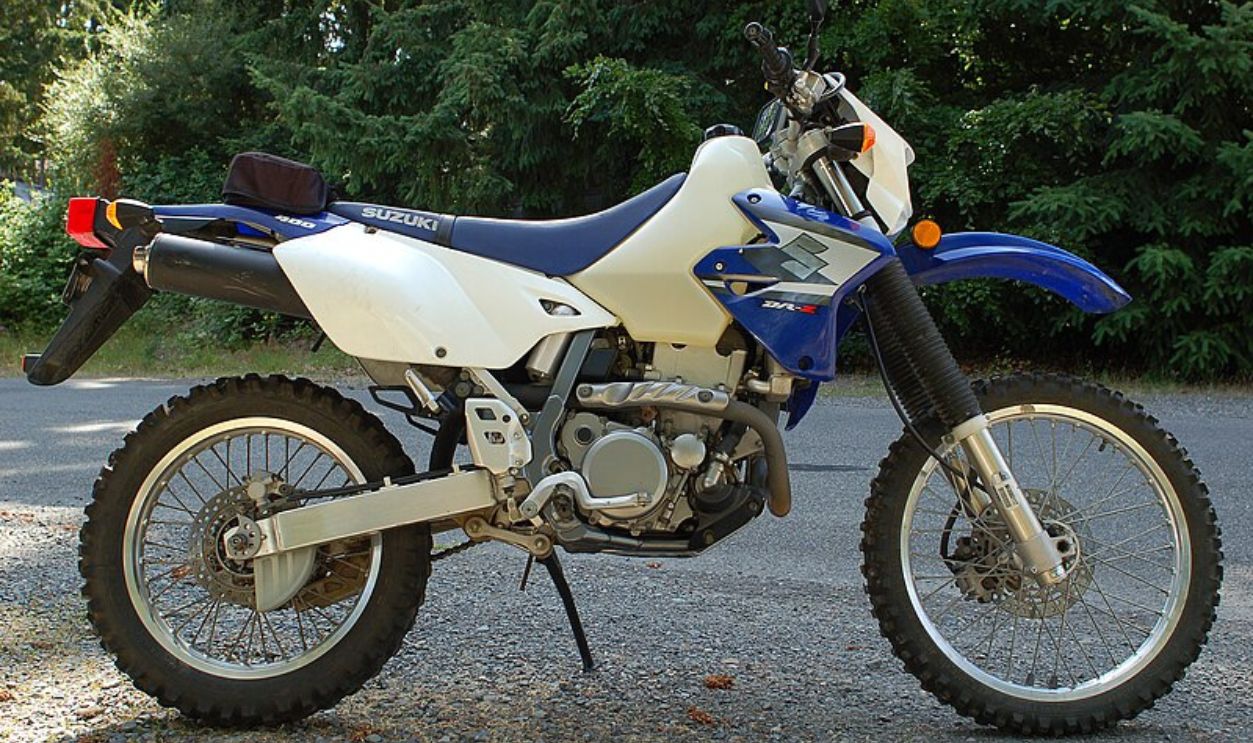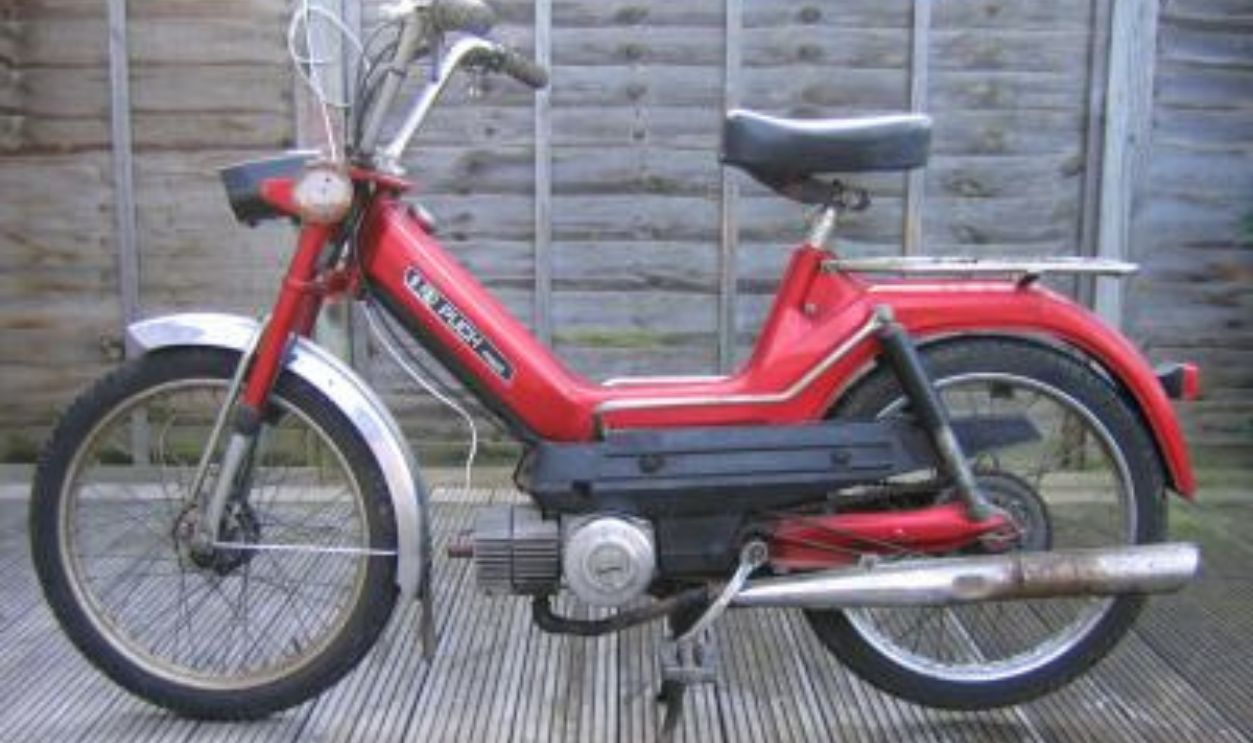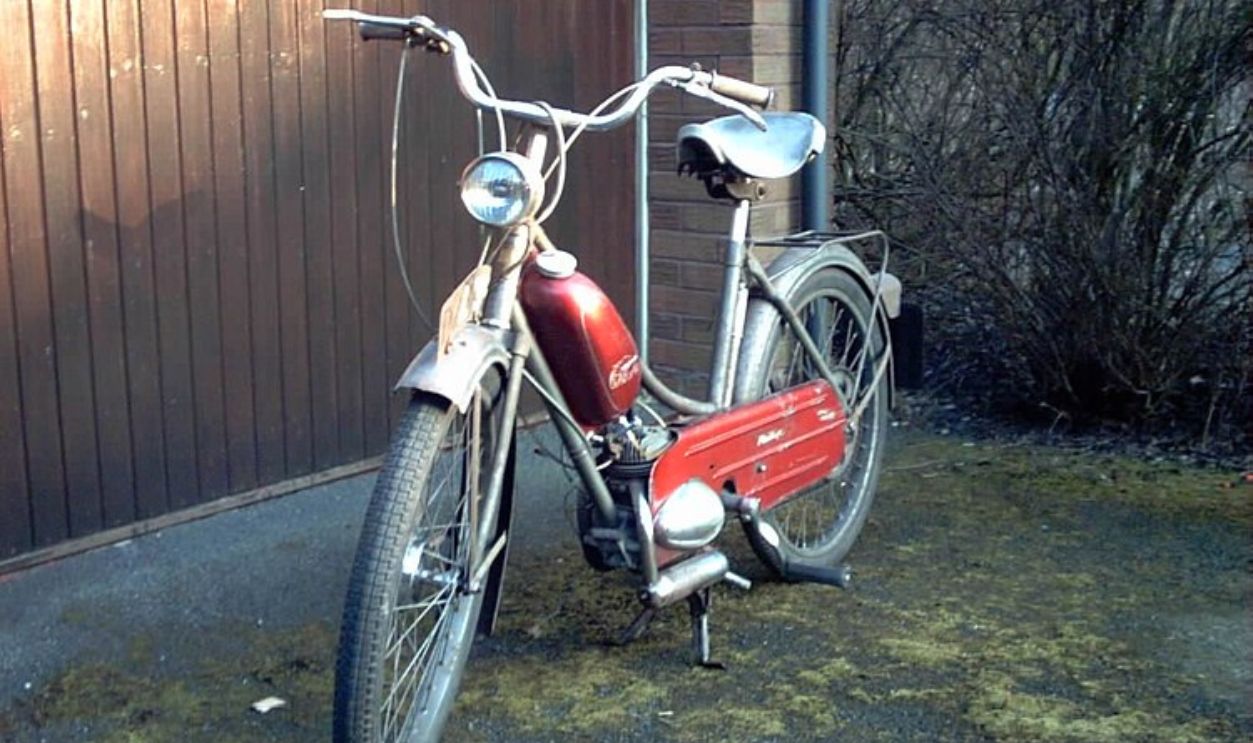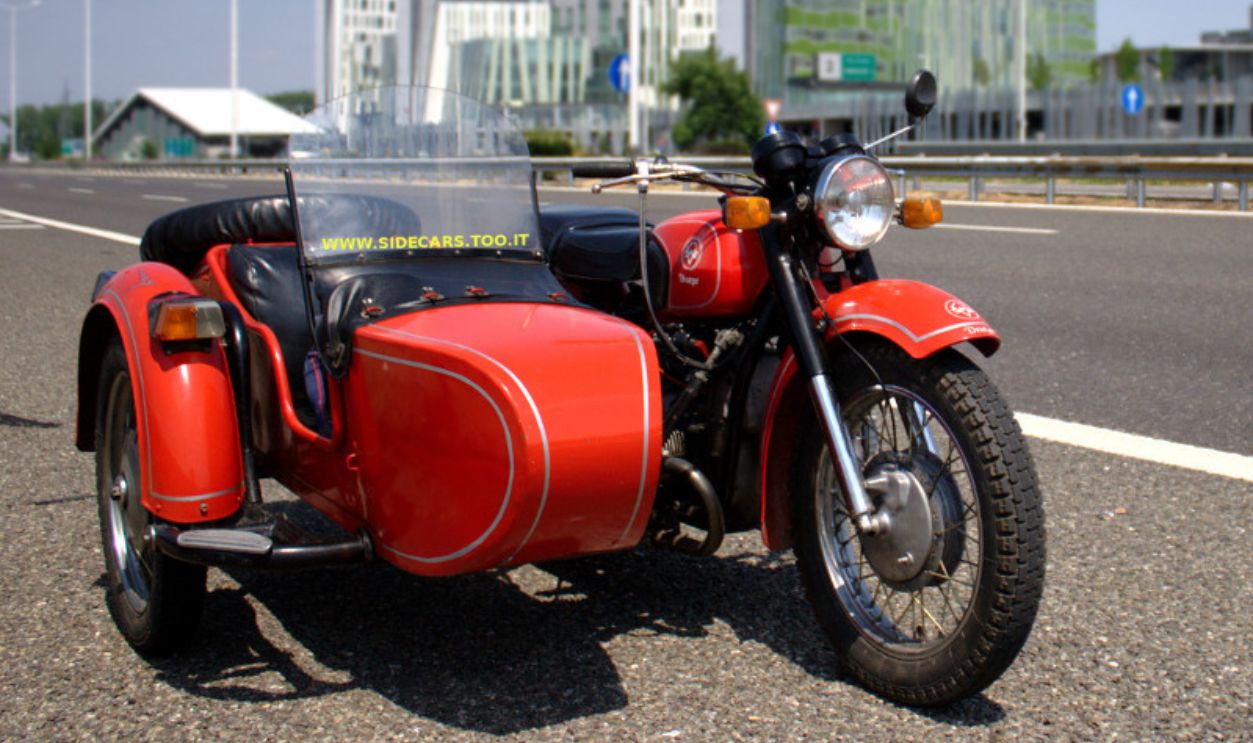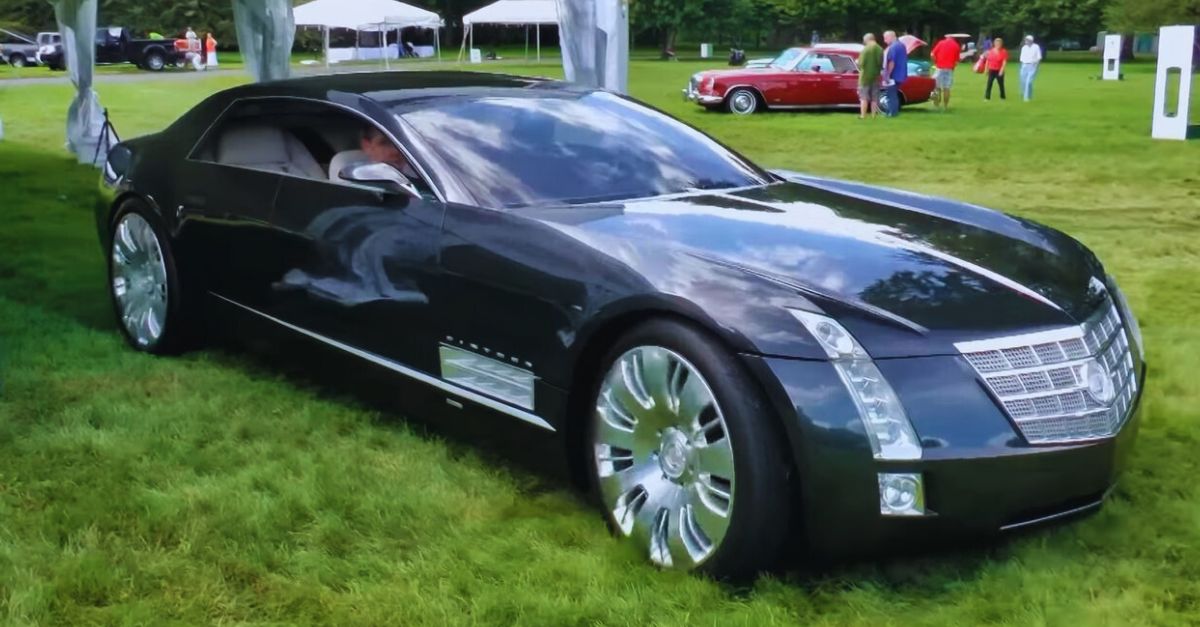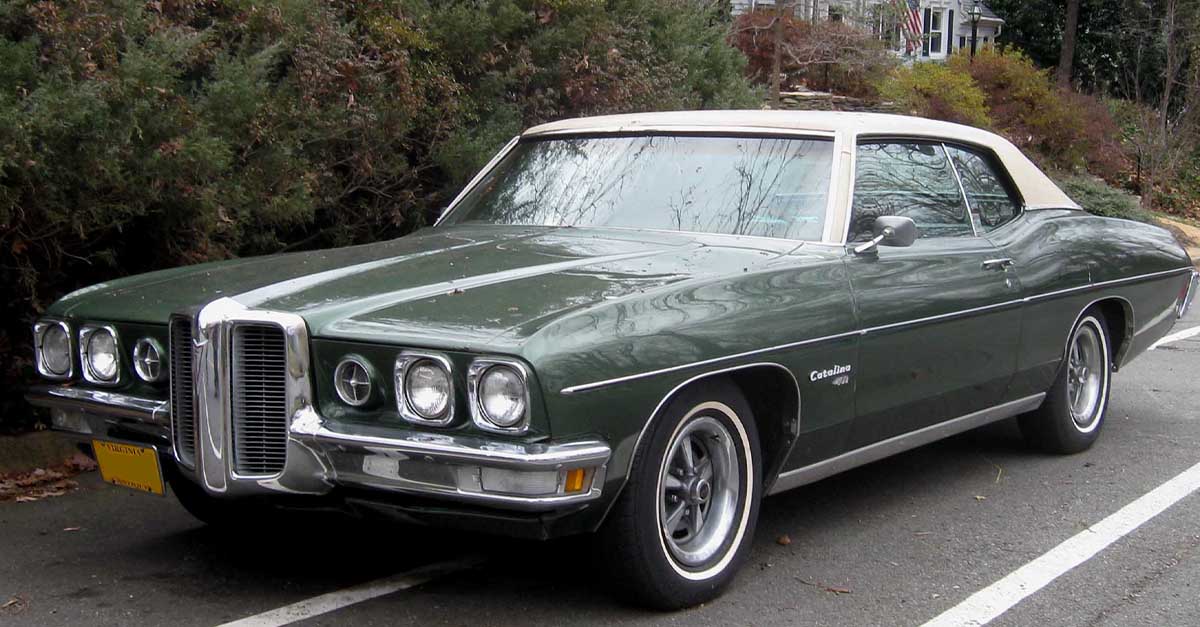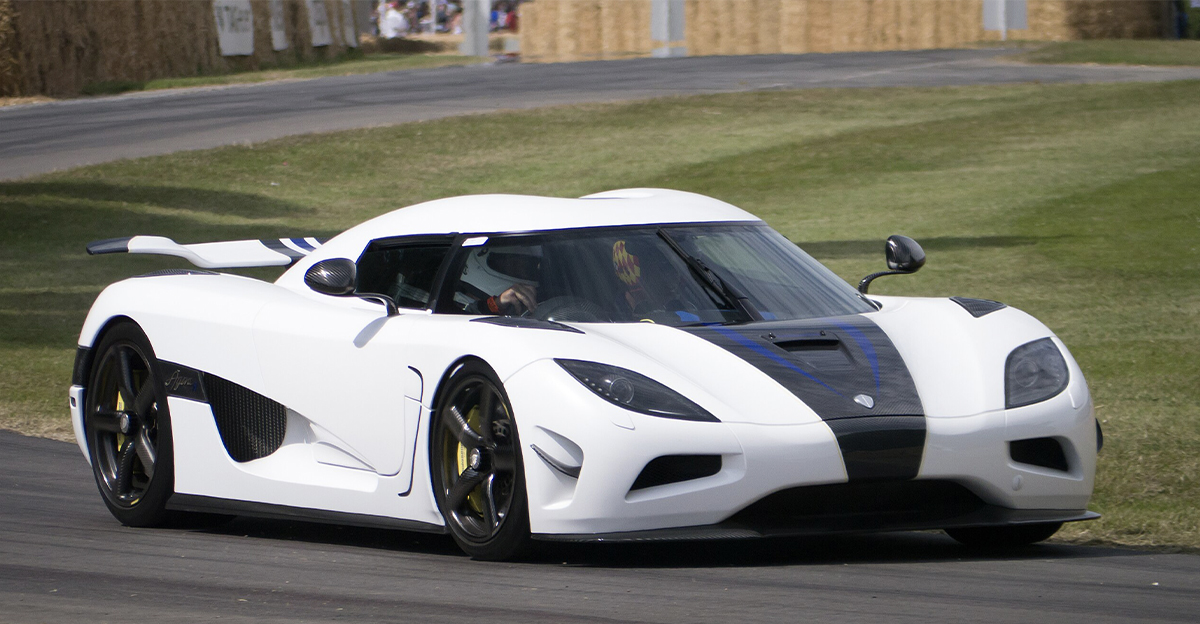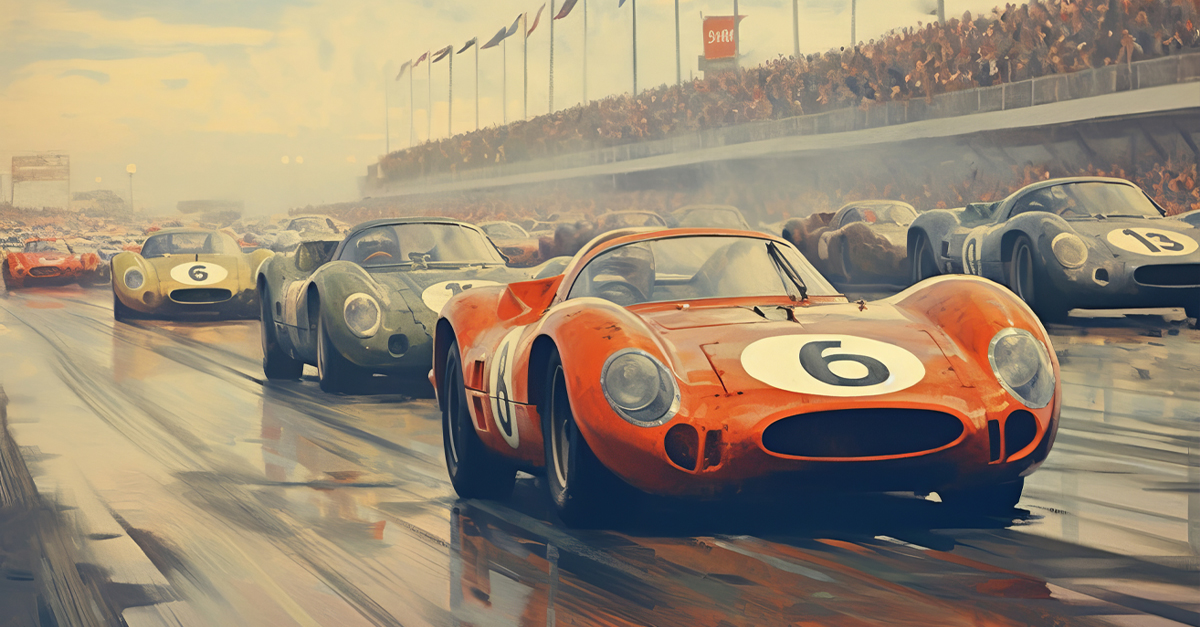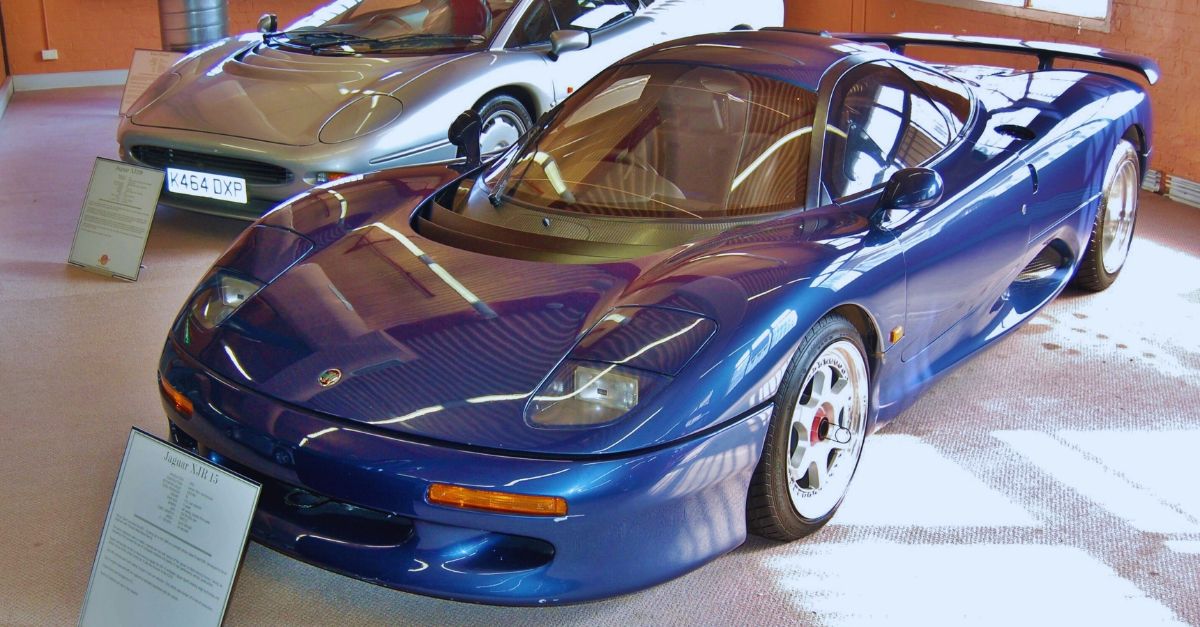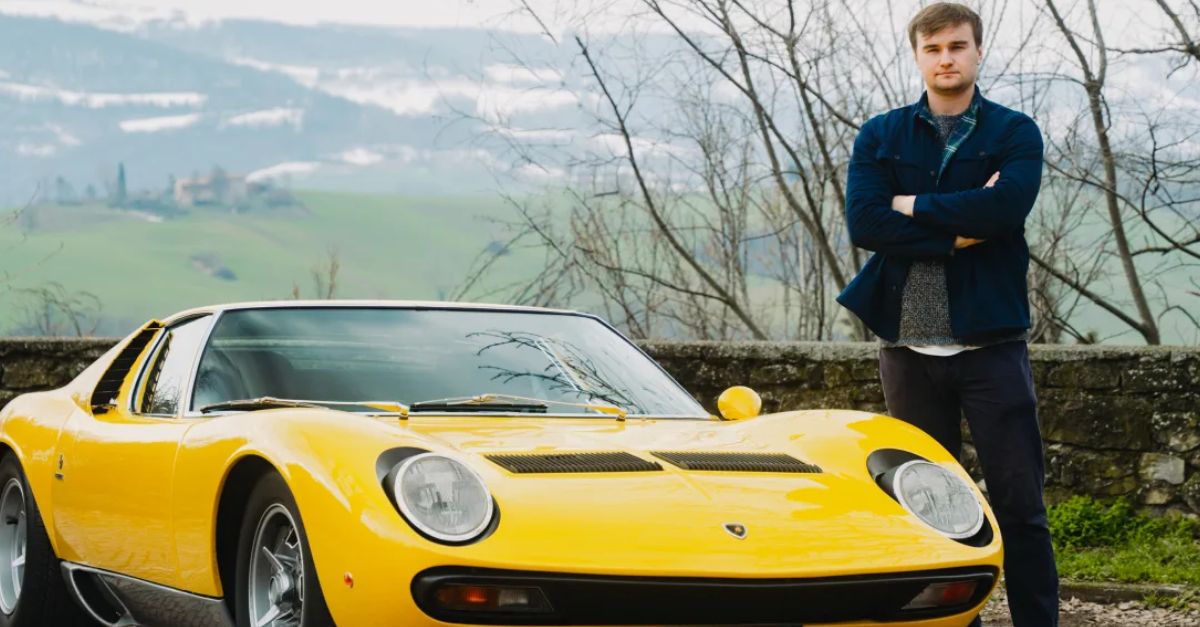Motorbike Multiverse
The world of motorcycles—the thrill, sass, speed, style, and quirks—is not for all. There are so many reasons to pick a two-wheeler over a four, and here are some options to help you choose the best one.
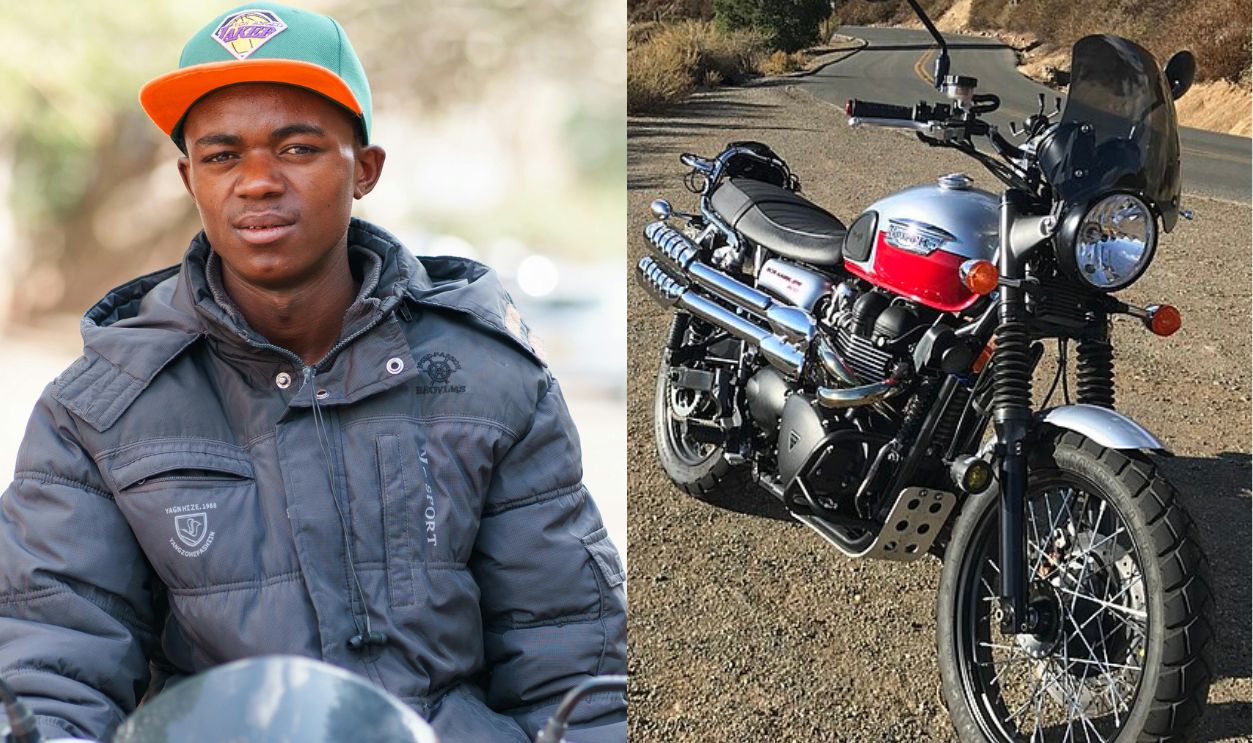
Sports Bikes
It is widely believed that the Honda CB750 model started an era in the sportbike business. These are literal aerodynamic missiles on two wheels. They are known for their powerful engines, riding positions, and inventiveness, with the Ducati Panigale V4 leading the pack.
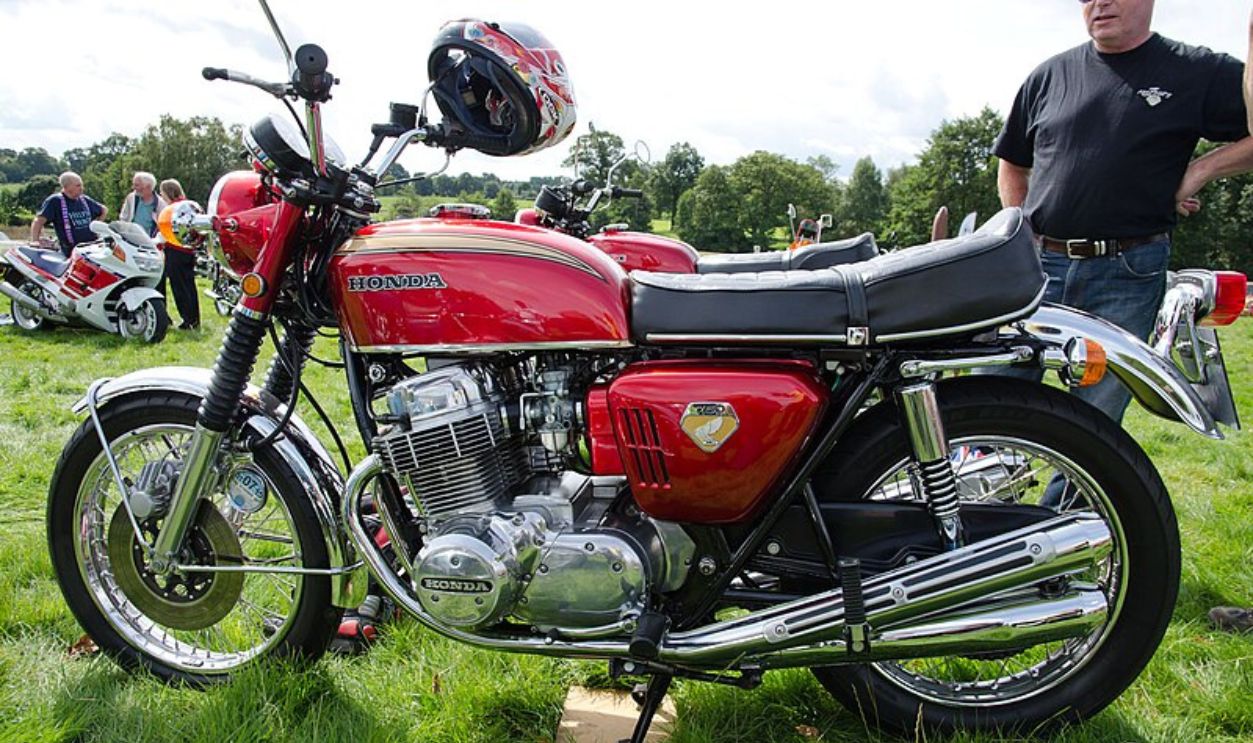 SG2012, CC BY 2.0, Wikimedia Commons
SG2012, CC BY 2.0, Wikimedia Commons
Sports Bikes (Cont.)
Certain sophisticated electronics manage traction control and wheelie mitigation on such sports bikes. And lightweight materials like carbon fiber keep the mass centralized. However, high insurance costs and the temptation to speed are considered downsides.
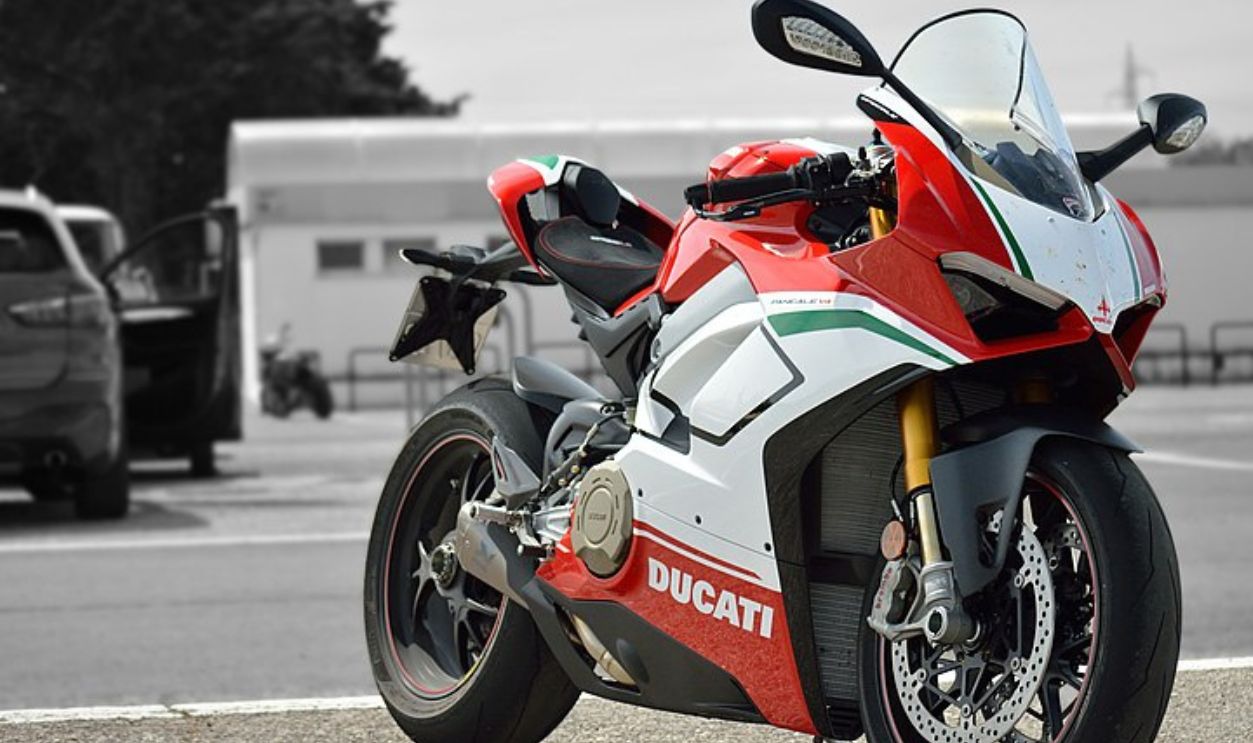 Alessio Moscetti, CC0, Wikimedia Commons
Alessio Moscetti, CC0, Wikimedia Commons
Cruisers
Low-slung and laid-back cruisers possess the essence of open-road freedom. Their V-twin engines rumble beneath wide saddles and pulled-back handlebars. They've got wide rear tires and forward foot controls. Cruisers are all about style and comfort rather than performance.
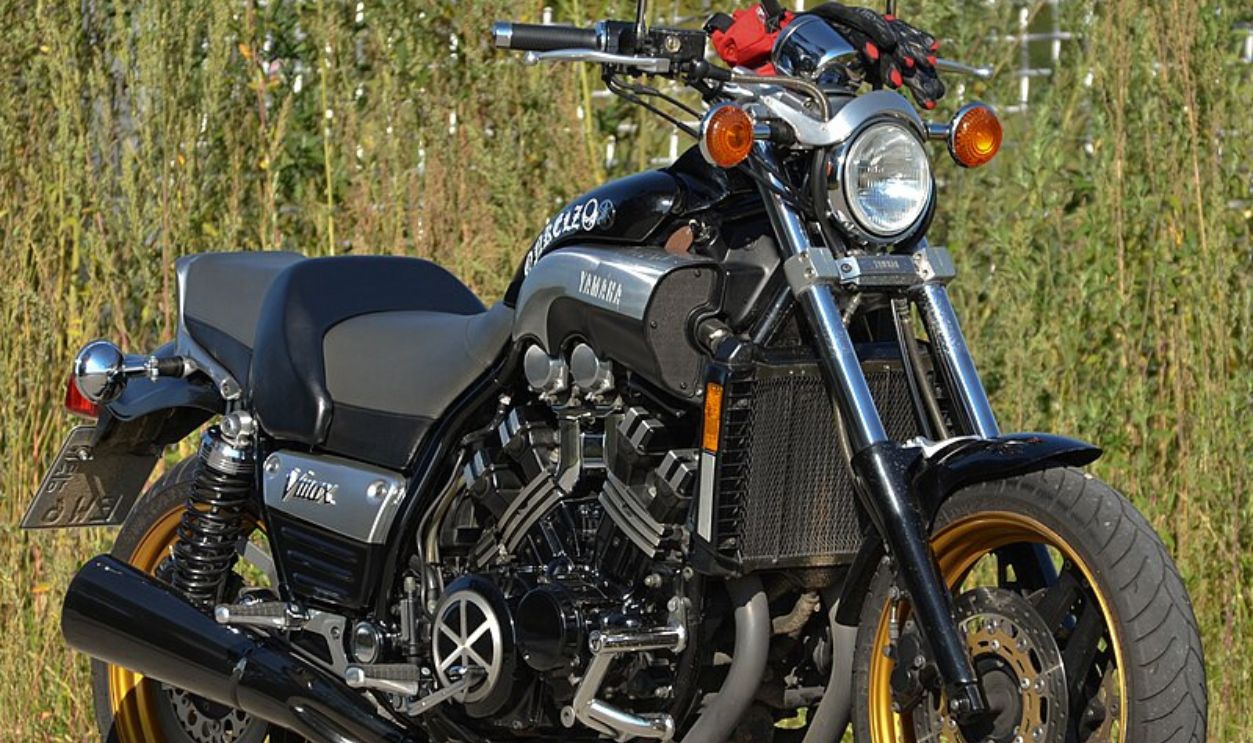 Norbert Nagel, CC BY-SA 3.0, Wikimedia Commons
Norbert Nagel, CC BY-SA 3.0, Wikimedia Commons
Cruisers (Cont.)
Harley-Davidson dominates this category, but Indian and Japanese brands also offer compelling alternatives. So, if you're into classic looks and a traditional vibe, here is where you stop. These bikes are great for cruising on the highway or taking easy rides around the city.
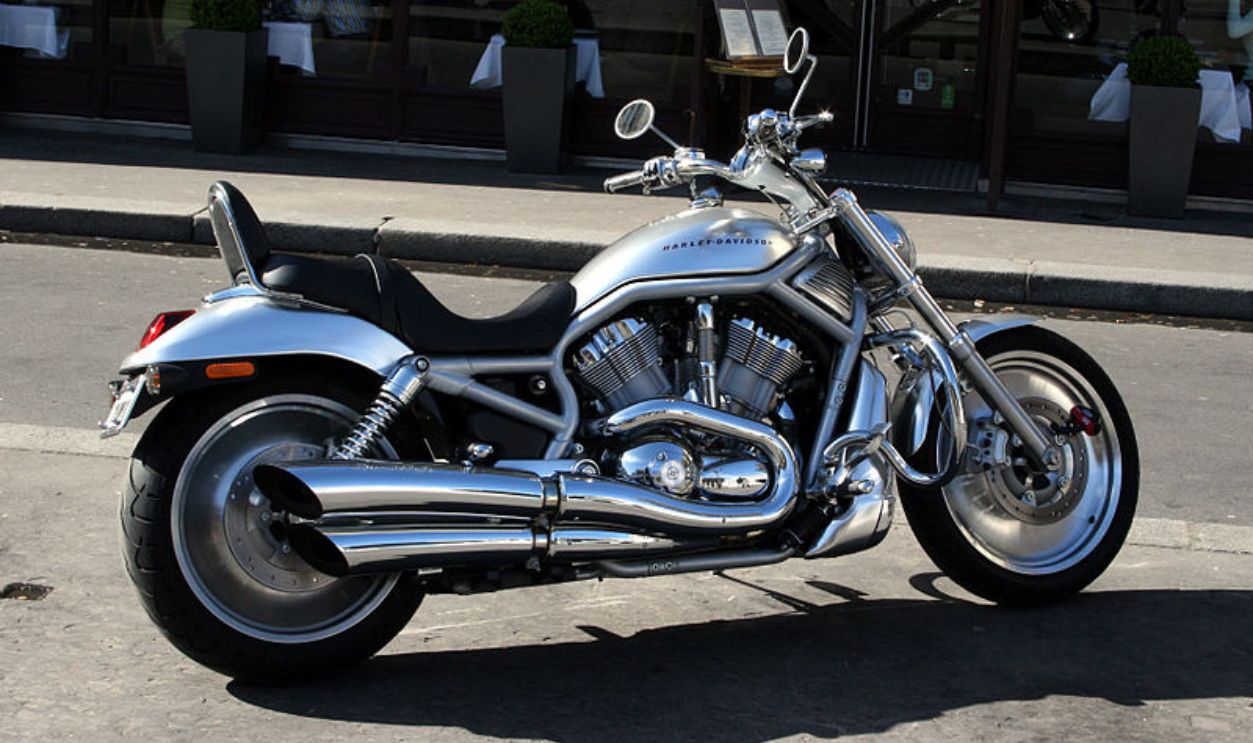 Remi Jouan, CC BY-SA 3.0, Wikimedia Commons
Remi Jouan, CC BY-SA 3.0, Wikimedia Commons
Adventure Bikes
Built (mainly) to conquer diverse terrains, adventure bikes combine on-road comfort with off-road capability. Tall suspension, large fuel tanks, and upright ergonomics make up this bike. And their adjustable windscreens and luggage capacity support long-distance touring. Such bikes usually attract those seeking versatility on wheels.
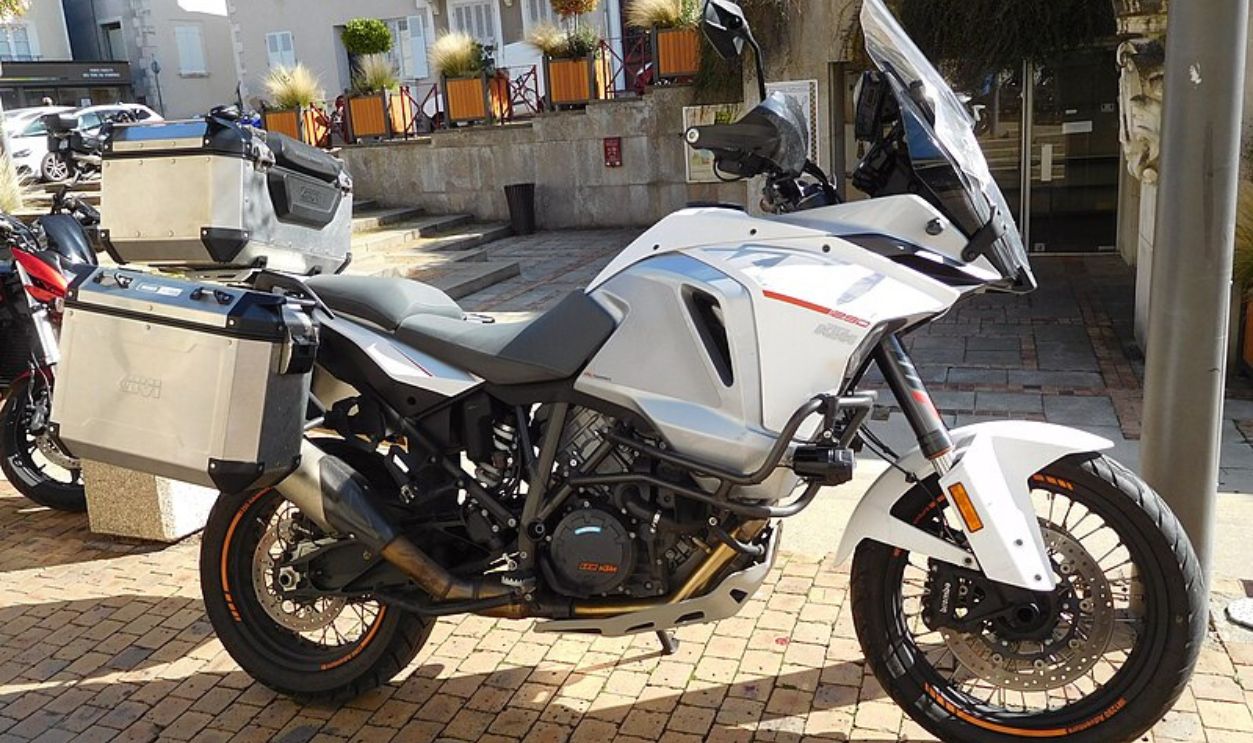 Cjp24, CC BY-SA 4.0, Wikimedia Commons
Cjp24, CC BY-SA 4.0, Wikimedia Commons
Adventure Bikes (Cont.)
These bikes are good at tackling unpaved roads and light trails. Also, did you know about its advanced electronics? It includes multiple riding modes and semi-active suspension. BMW R1250GS, KTM 1290 Super Adventure, and Triumph Tiger 800 XCX are some top-performing options.
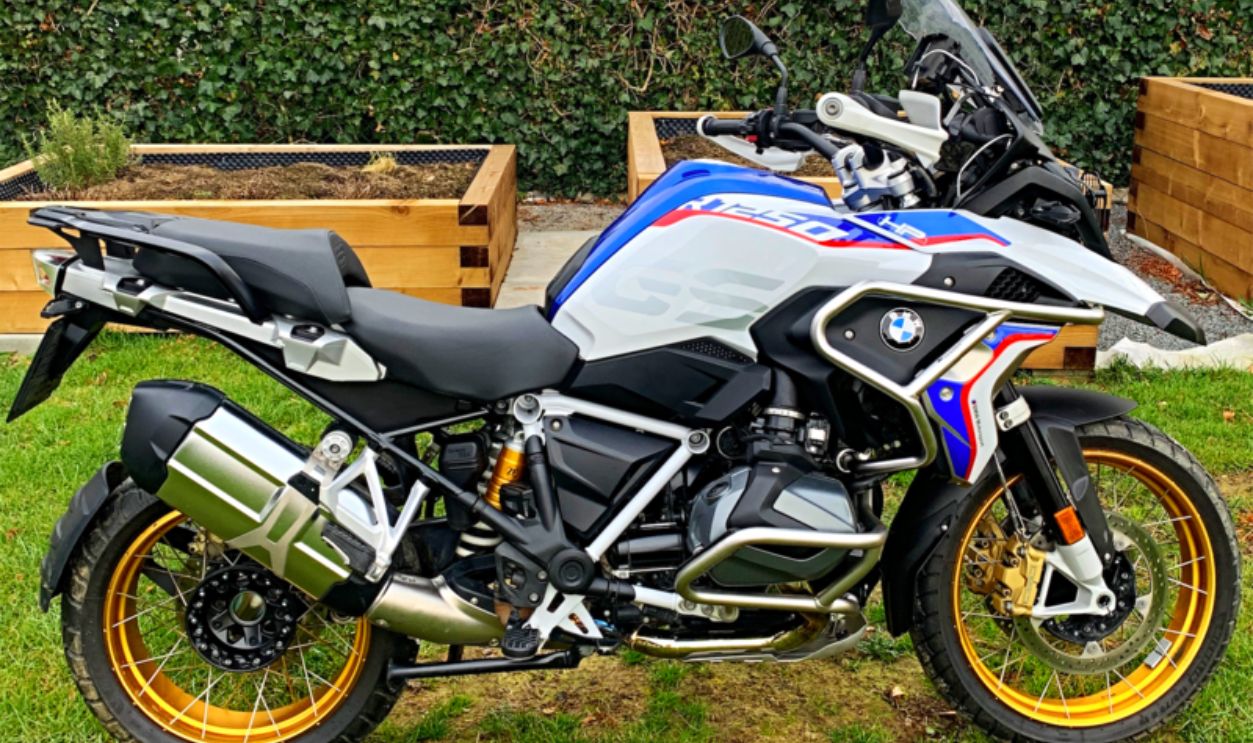 Dave.biker, CC BY-SA 4.0, Wikimedia Commons
Dave.biker, CC BY-SA 4.0, Wikimedia Commons
Streetfighters
Mechanical beauty? Stripped-down standard motorcycles showcase it all. Inbuilt minimal fairings and upright ergonomics also deliver fine control. The engines range from modest to monstrous, with the Yamaha MT-10 and KTM 1290 Super Duke R pushing boundaries. Moreover, their wide handlebars provide leverage for quick direction changes.
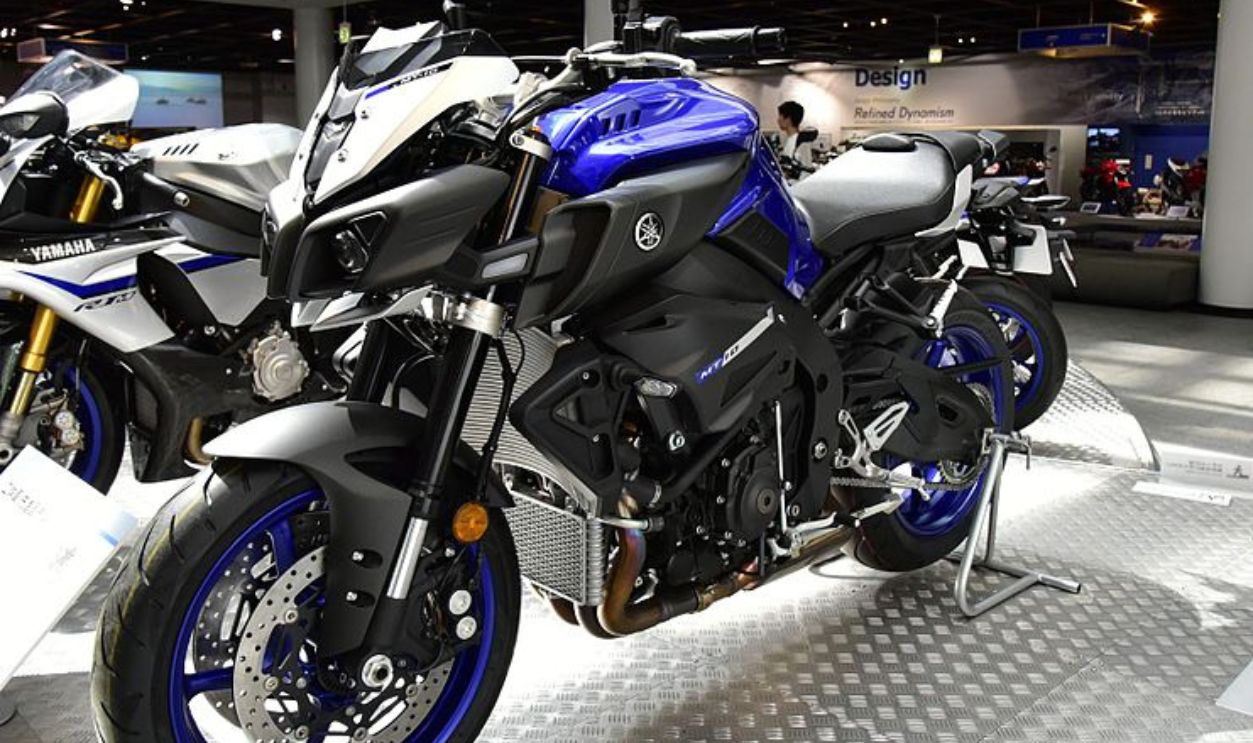 Rikita, CC BY-SA 4.0, Wikimedia Commons
Rikita, CC BY-SA 4.0, Wikimedia Commons
Streetfighters (Cont.)
These bikes dominate city streets with their agile maneuverability, making them ideal for getting through hours and hours of traffic. While they may lack wind protection for long highway rides, many own advanced electronics in spite of their minimalist design.
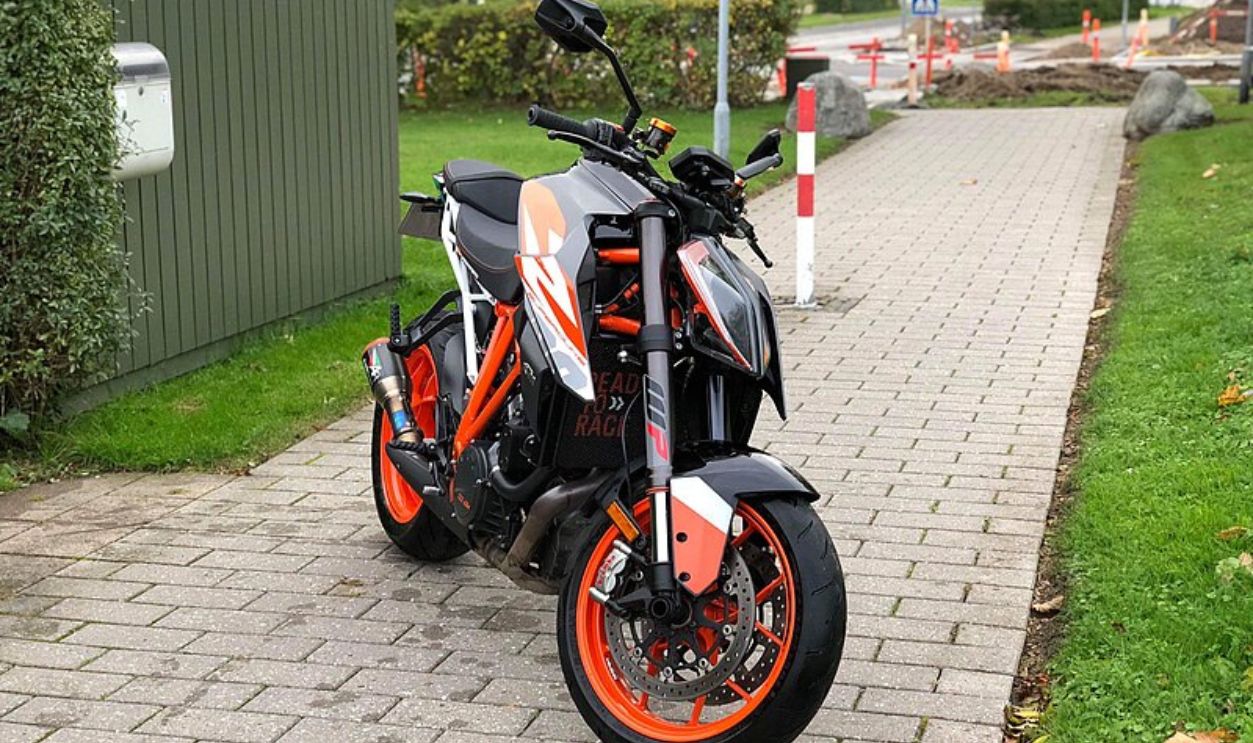 TheRealSlimShadyUK, CC BY-SA 4.0, Wikimedia Commons
TheRealSlimShadyUK, CC BY-SA 4.0, Wikimedia Commons
Tourers
These two-wheeled luxury rides are all about comfort for long journeys. You'll get roomy luggage space, cozy seats, and solid wind protection. They're packed with high-tech features like GPS, heated grips, and adjustable suspension. The Honda Gold Wing, BMW K1600GTL, and Kawasaki Versys 650 are classic examples.
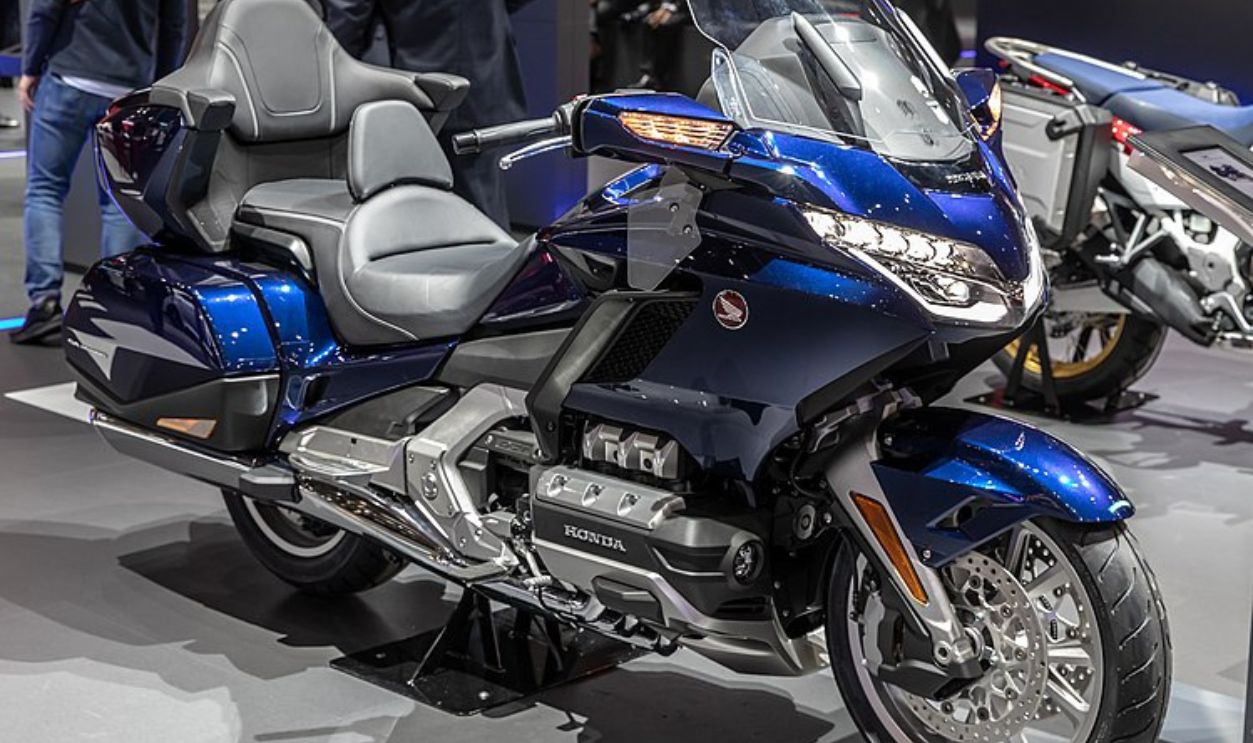 Matti Blume, CC BY-SA 4.0, Wikimedia Commons
Matti Blume, CC BY-SA 4.0, Wikimedia Commons
Tourers (Cont.)
With their powerful engines, Tourers makes long highway rides a breeze. They're perfect for cross-country trips, providing a comfy ride for two. While their size can be tricky in tight spots, they come with car-like perks such as airbags and reverse gears. These vehicles are for those who choose comfort over sportiness.
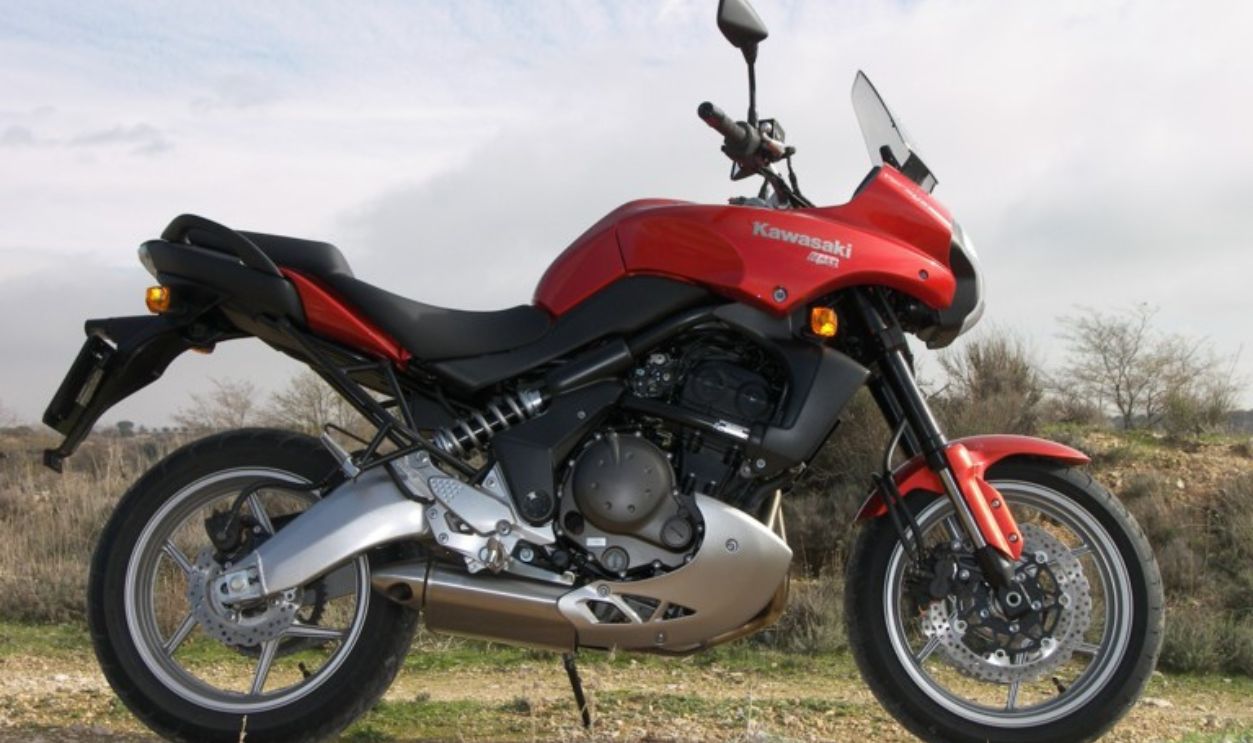 S de Santi, CC BY 2.0, Wikimedia Commons
S de Santi, CC BY 2.0, Wikimedia Commons
Dual-Sports
Versatility incarnate, dual-sports can handle both paved roads and dirt trails. Their not-so-heavy designs and long-travel suspension help with off-road capability, while street-legal components ensure highway validity. Dual-sports are great for urban commuting and weekend trail riding—jack-of-all-trades, if you will.
Dual-Sports (Cont.)
Popular choices include the Suzuki DR-Z400S, Kawasaki KLR650, Honda CRF300L Rally, and even KTM 500 EXC-F. Even though tall seat heights can be a challenge for shorter riders, they provide excellent visibility in traffic.
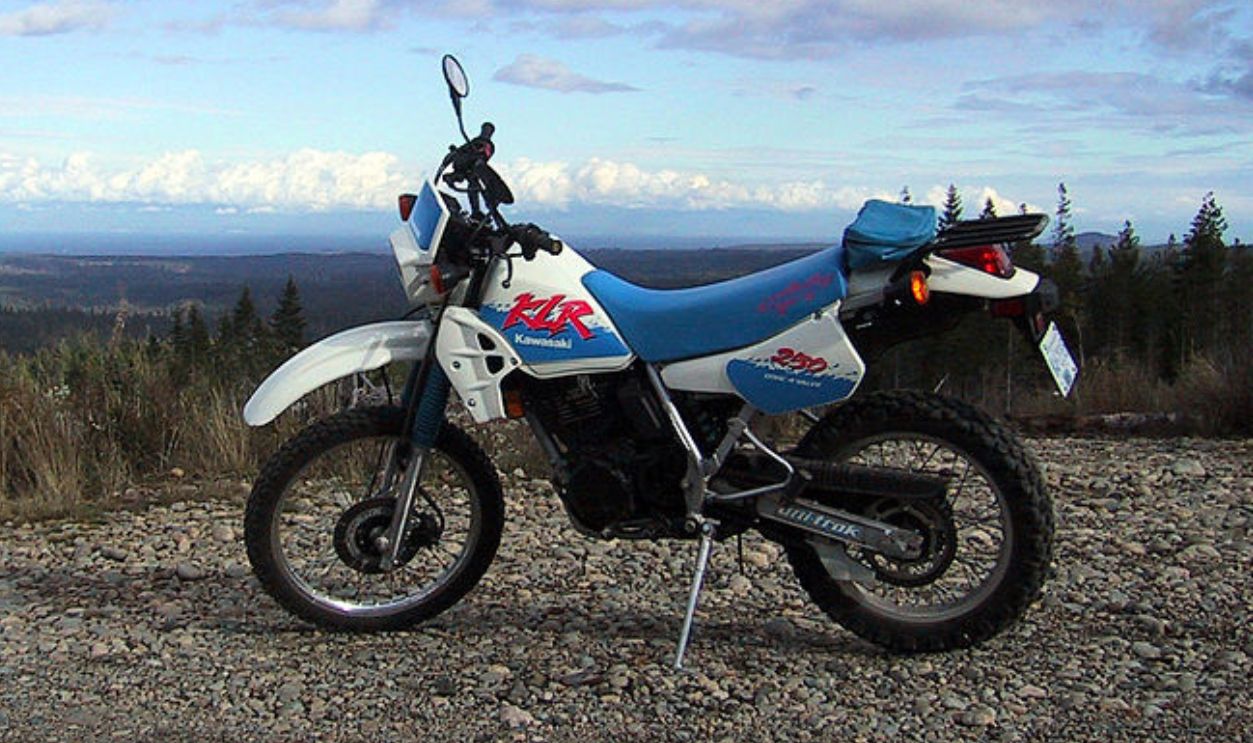 Alex Couture-Beil, Wikimedia Commons
Alex Couture-Beil, Wikimedia Commons
Cafe Racers
Here's a product of 1960s British motorcycle culture that underlines speed and agility. With their clip-on handlebars, rear-set footpegs, and sleek, elongated fuel tanks, cafe racers are all about the sporty look. Builders often strip them down to the essentials to shed weight and boost performance.
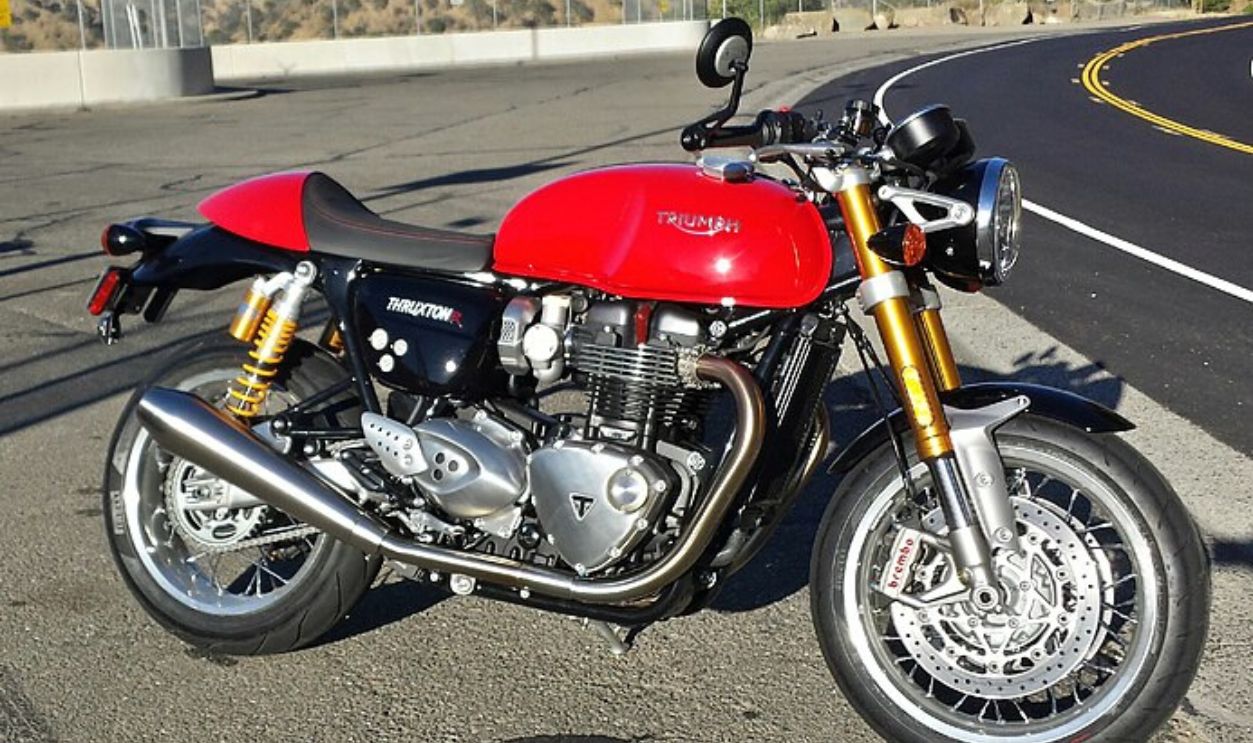 VaderSS, CC BY-SA 4.0, Wikimedia Commons
VaderSS, CC BY-SA 4.0, Wikimedia Commons
Cafe Racers (Cont.)
If you want to see the archetype of this style, check out Triumph Thruxton. It has a powerful 1200cc parallel-twin engine and race-inspired features. Note that Cafe racers' focused ergonomics can be uncomfortable for long rides. Don't blame us later on!
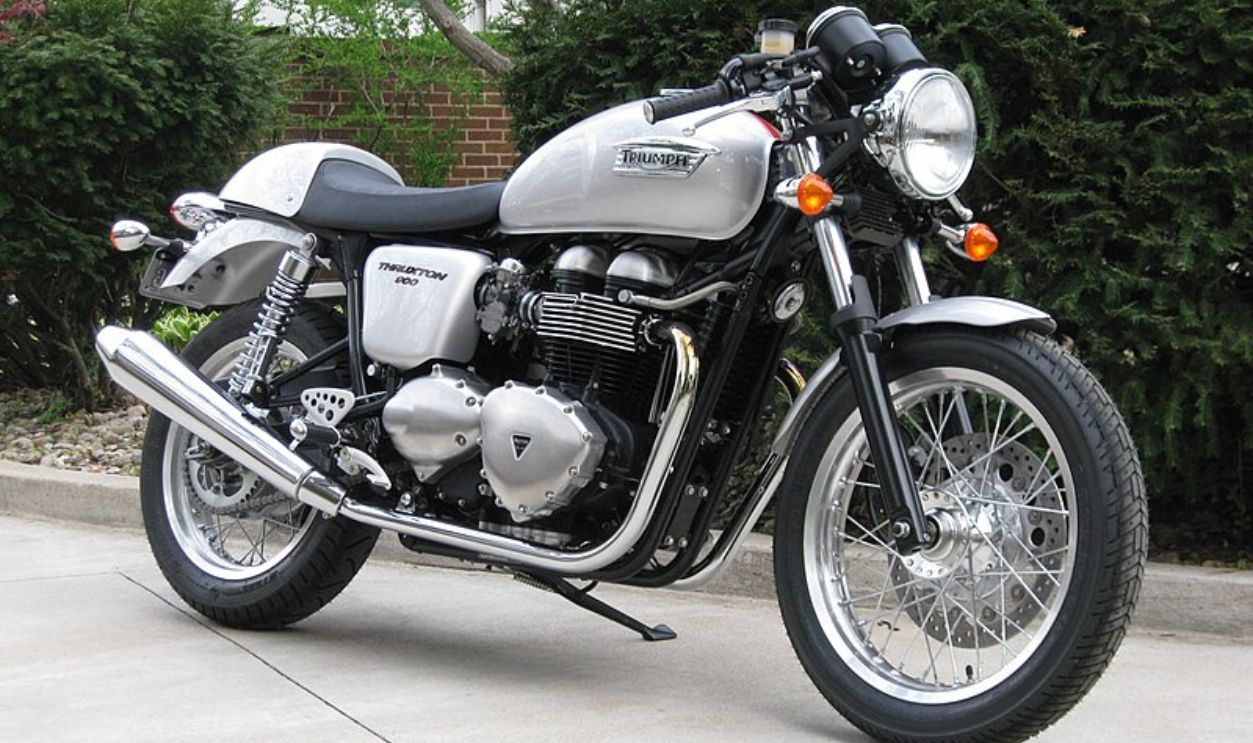 Wikikensei, CC BY 3.0, Wikimedia Commons
Wikikensei, CC BY 3.0, Wikimedia Commons
Scramblers
Reminiscent of the 1960s, Scramblers mix vintage charm with off-road adventure. They have these high-mounted exhausts, wide handlebars, and semi-knobby tires that gives them that distinctive look. Modern versions like the Ducati Scrambler and Triumph Street Scrambler are the perfect examples.
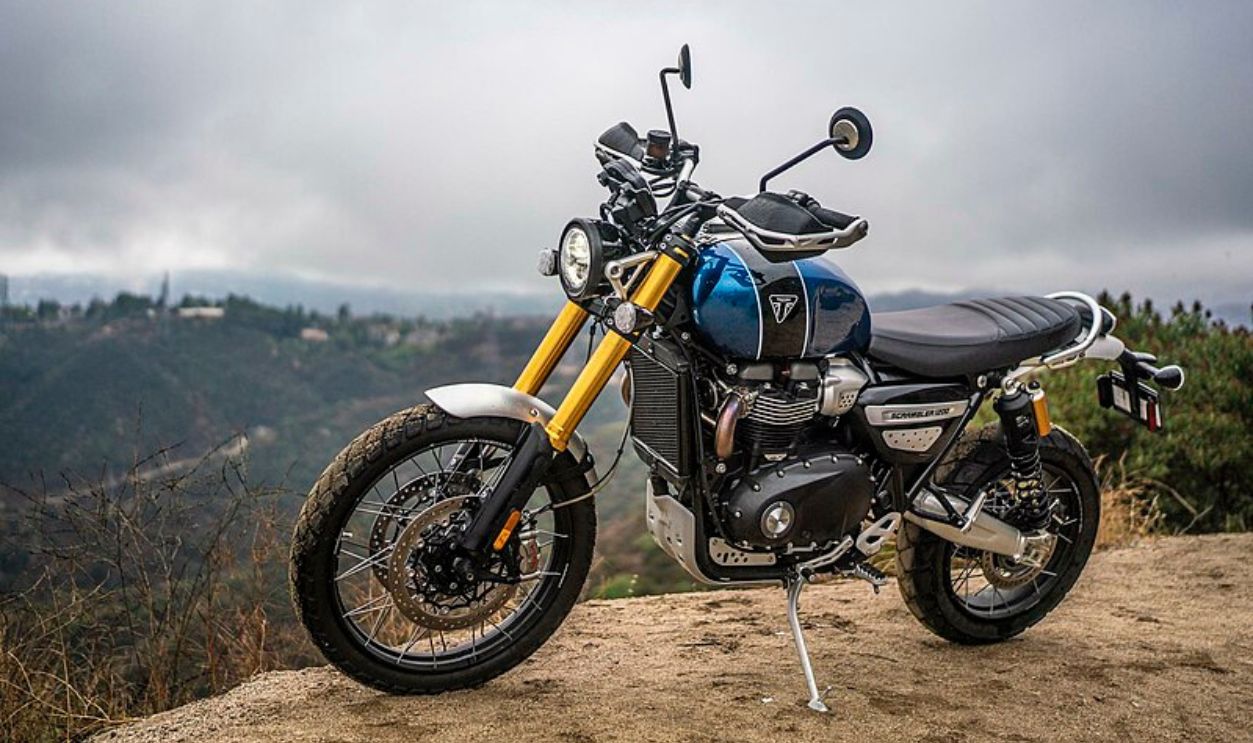 Scottmcqueen, CC BY-SA 4.0, Wikimedia Commons
Scottmcqueen, CC BY-SA 4.0, Wikimedia Commons
Scramblers (Cont.)
These bikes are great at injecting fun into everyday riding. While they may not be good off-road as true dual-sports, they do offer you a stylish compromise. Also, the upright riding positions provide good visibility in traffic. Scramblers are irresistible to those seeking old school feel with modern reliability.
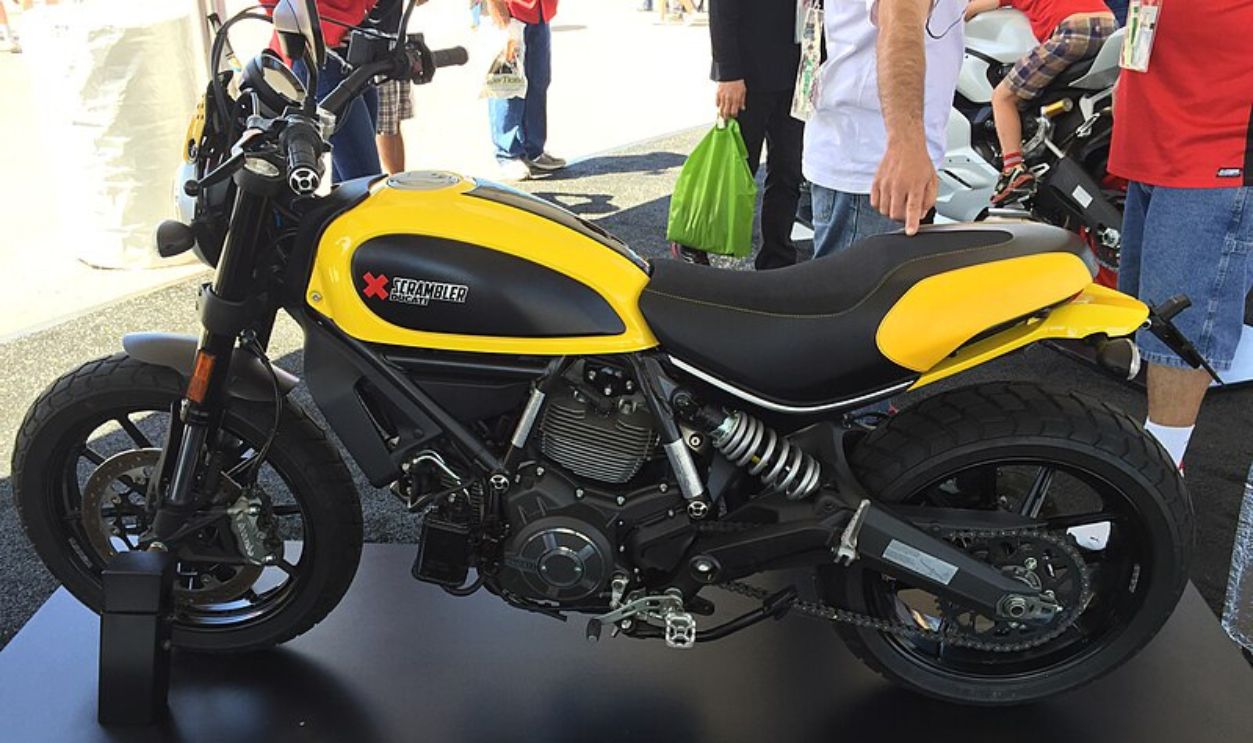 Daniel Hartwig, CC BY 2.0, Wikimedia Commons
Daniel Hartwig, CC BY 2.0, Wikimedia Commons
Sport Tourers
Kawasaki Concours 14 is the standout suggestion, as it offers the best of both worlds: sportbike performance and touring comfort. These bikes appeal to experienced riders who know that performance and practicality can go together. The bikes feature fairings, luggage capacity, powerful engines, and, of course, agile handling.
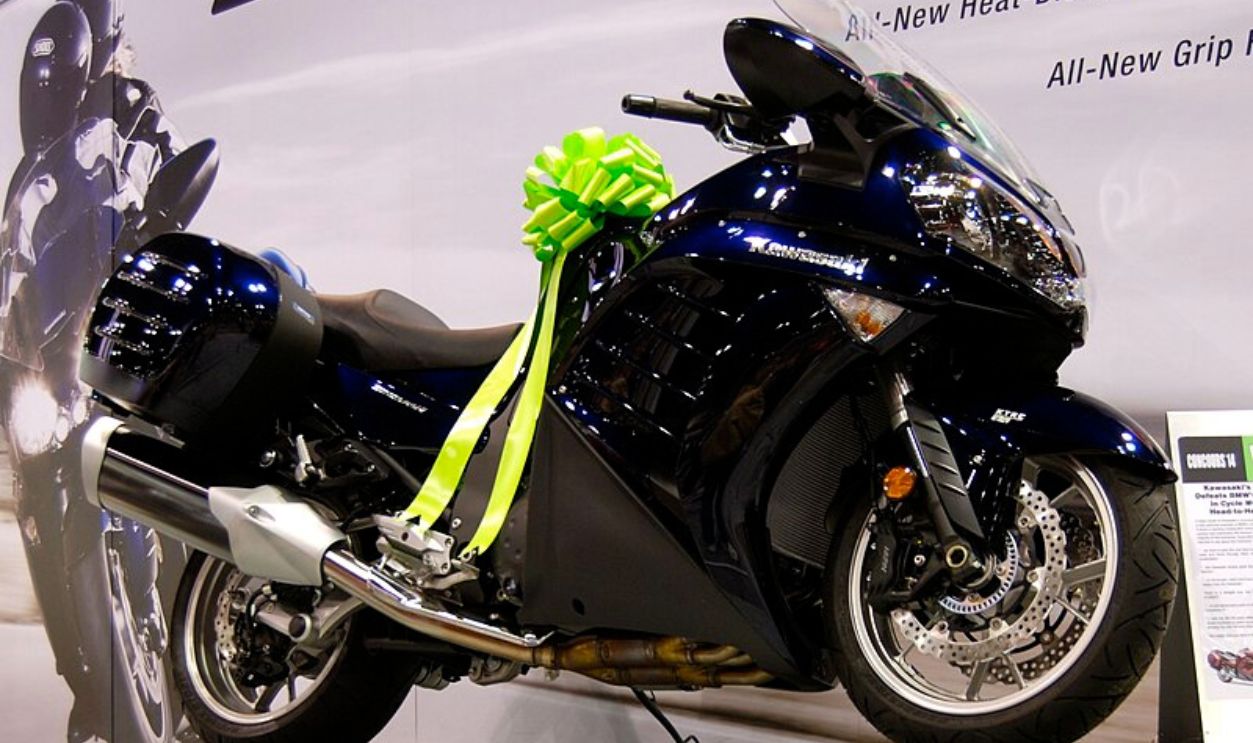 Dbratland, CC BY 3.0, Wikimedia Commons
Dbratland, CC BY 3.0, Wikimedia Commons
Sport Tourers (Cont.)
If you're a rider balancing daily commutes with weekend tours, this could be the best pick for you. Its advanced electronics often include traction control and cornering ABS. Also, adjustable ergonomics allow for customization during long rides. It has you all covered.
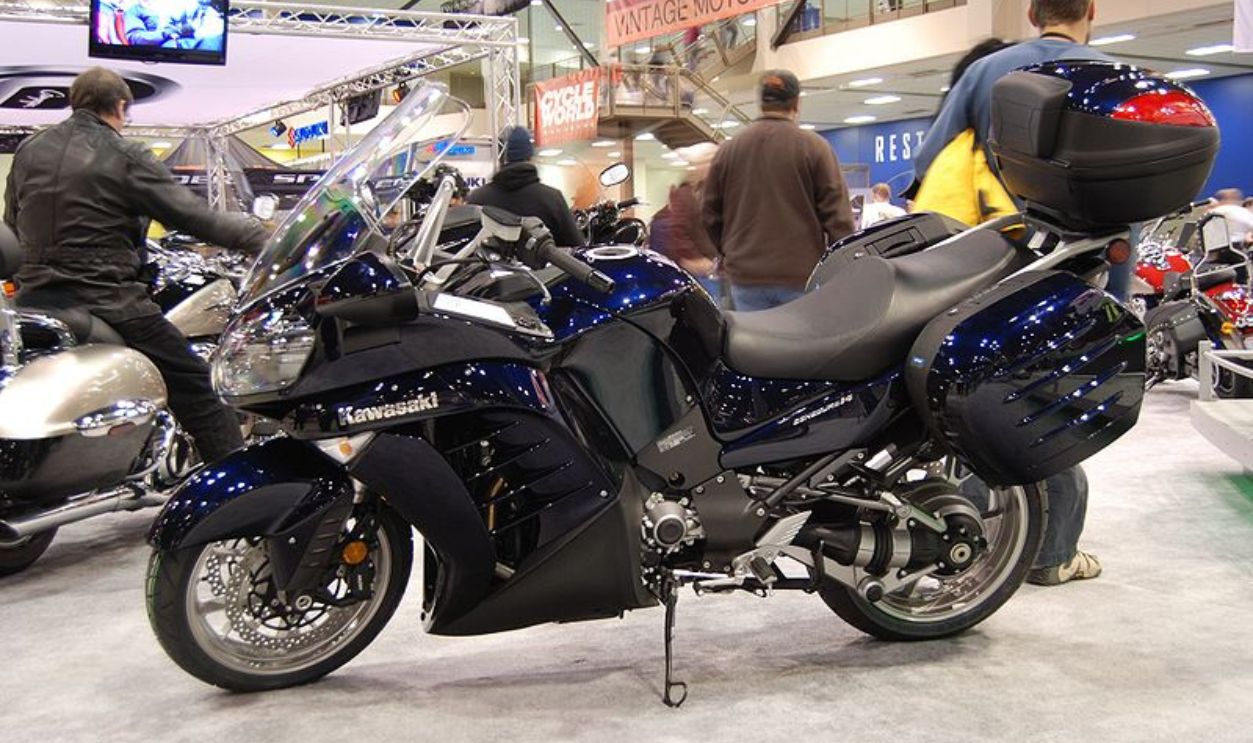 Dbratland, CC BY 3.0, Wikimedia Commons
Dbratland, CC BY 3.0, Wikimedia Commons
Electric Motorcycles
You could term this a silent revolution on two wheels. Electric motors deliver instant torque for exhilarating acceleration, with Zero Motorcycles and Energica dominating this area. Charging infrastructure is expanding, but range anxiety remains a concern for many.
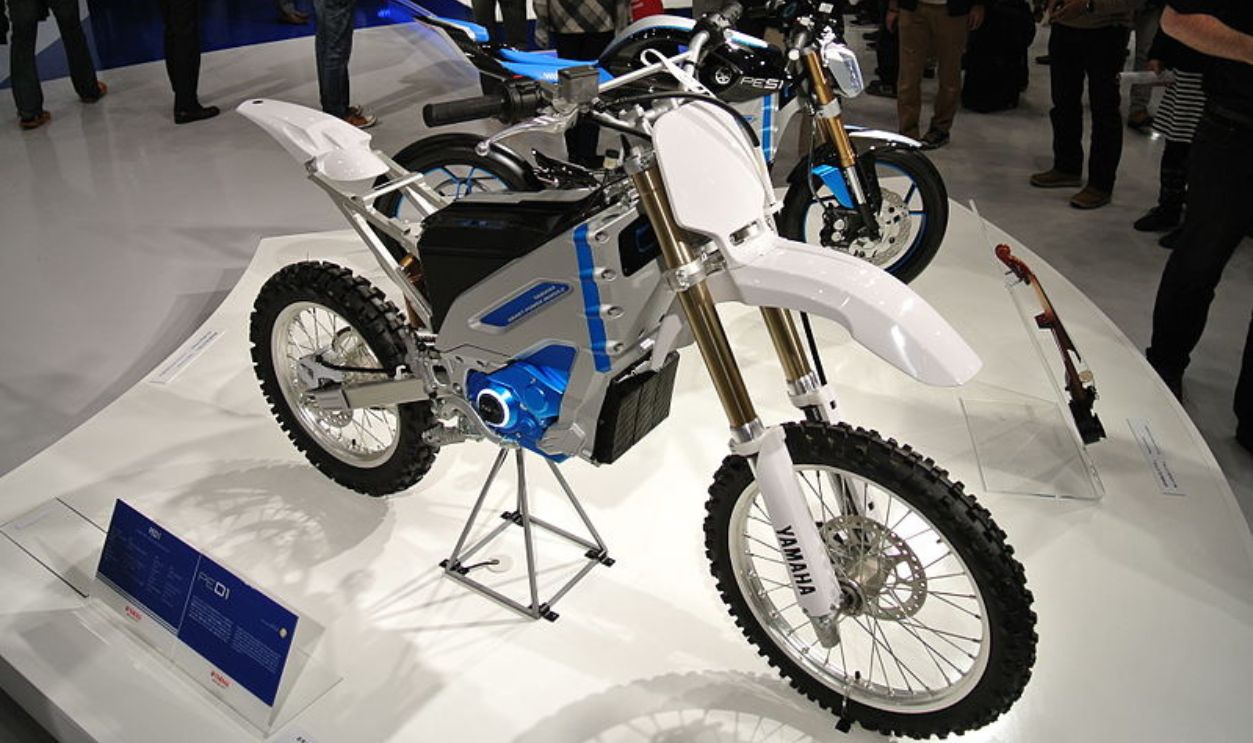 Rainmaker47, CC BY-SA 3.0, Wikimedia Commons
Rainmaker47, CC BY-SA 3.0, Wikimedia Commons
Electric Motorcycles (Cont.)
High-end models have speed that is on par with superbikes that run on gas. New riders, you'll find this easier to ride because there are no brakes or gears. However, when there is a lot of traffic, quiet running can be dangerous. In some places, government benefits also help cover the higher startup costs.
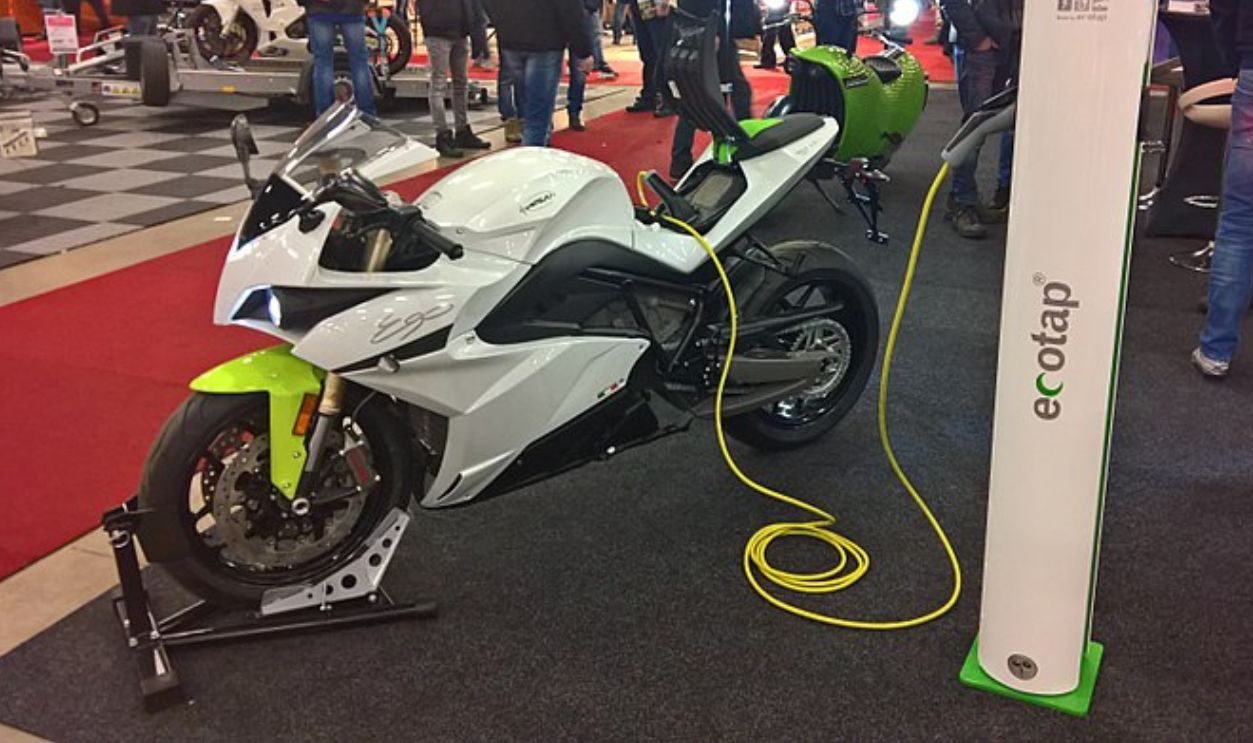 Donald Trung, CC BY-SA 4.0, Wikimedia Commons
Donald Trung, CC BY-SA 4.0, Wikimedia Commons
Choppers
One can look at Choppers as motorcycle rebels from custom culture. Have you seen extended forks, high handlebars, and sloped front ends? Yeah, that's a chopper. Custom builders Indian Larry and Jesse James popularized extreme choppers back in the day.
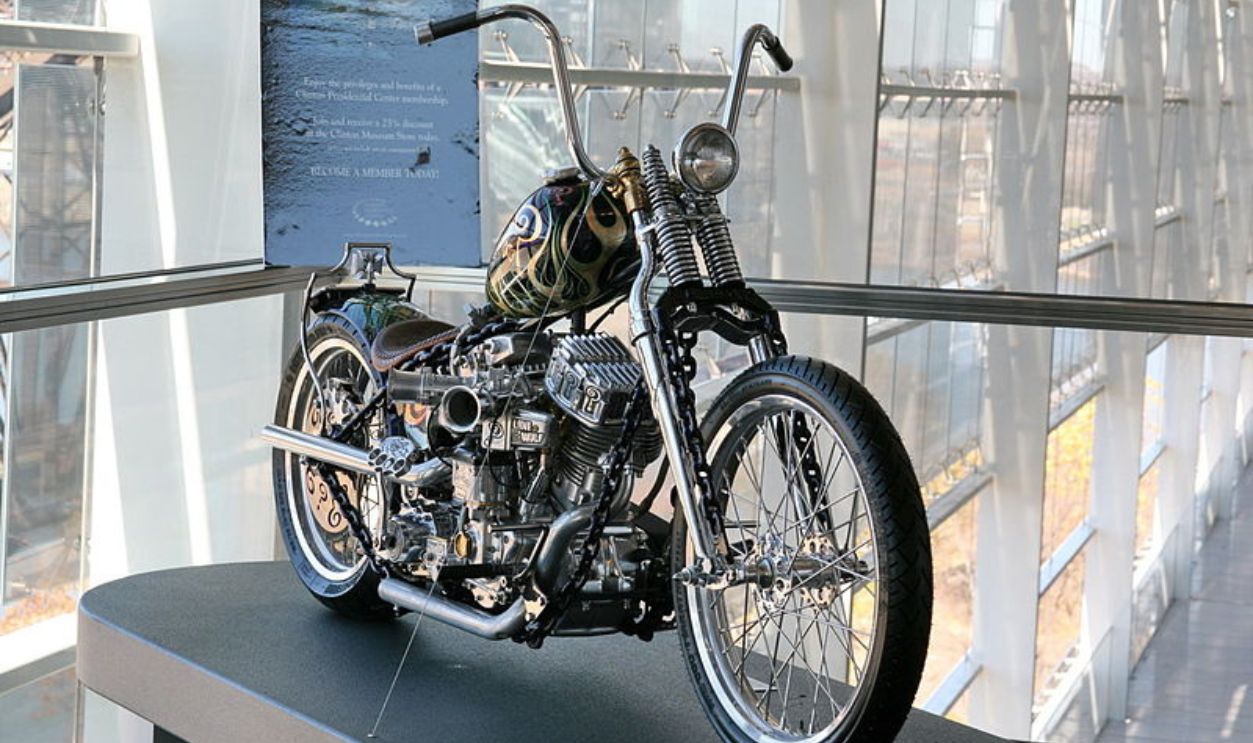 Cliff, CC BY 2.0, Wikimedia Commons
Cliff, CC BY 2.0, Wikimedia Commons
Choppers (Cont.)
Some enjoy individuality and craftsmanship over practicality—and that's what these 2-wheelers provide. Their extreme geometry sacrifices handling for style, and long wheelbases can make tight turns challenging. Let's just say it's not for all. Choppers often also feature elaborate paint jobs and extensive chrome.
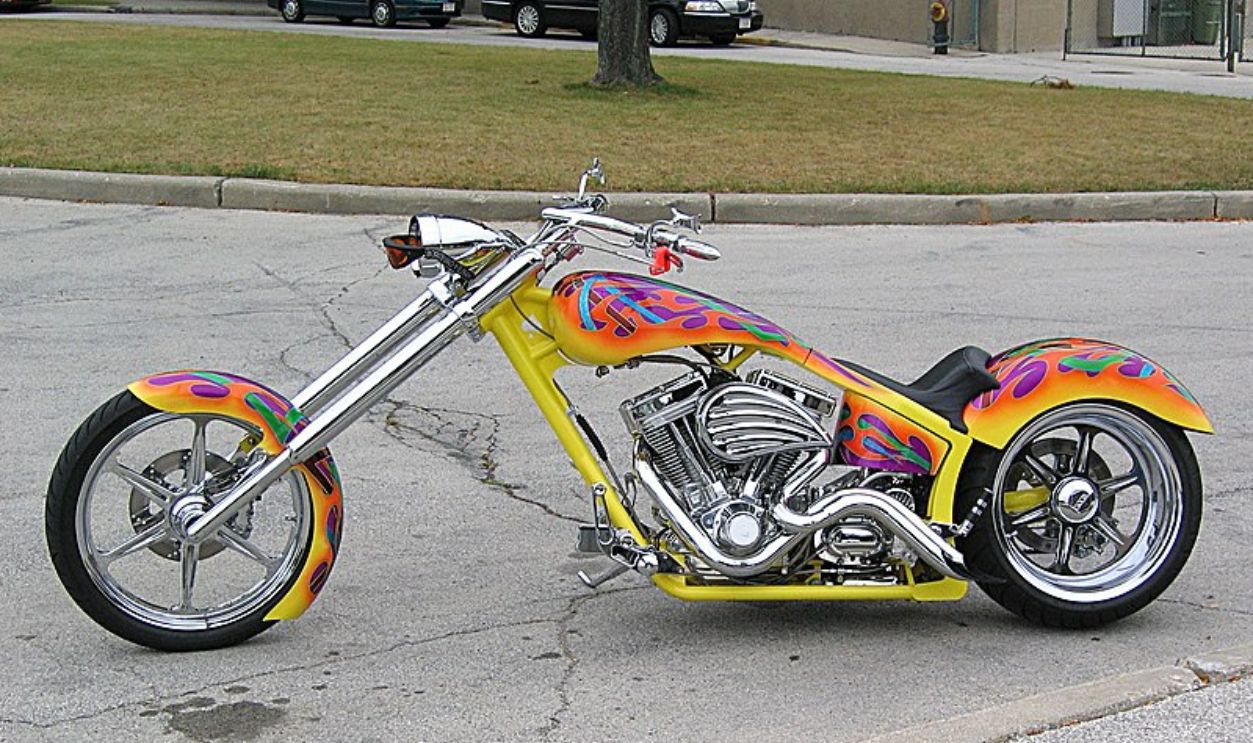 Unknown author, Wikimedia Commons
Unknown author, Wikimedia Commons
Bobbers
Originating in post-WWII America, these bikes prioritize low weight and raw aesthetics. Triumph Bonneville Bobber, Indian Scout Bobber, and Jawa 42 Bobber are known to carry the torch today. Many riders also choose to customize bobbers extensively so that each one is as unique as it gets.
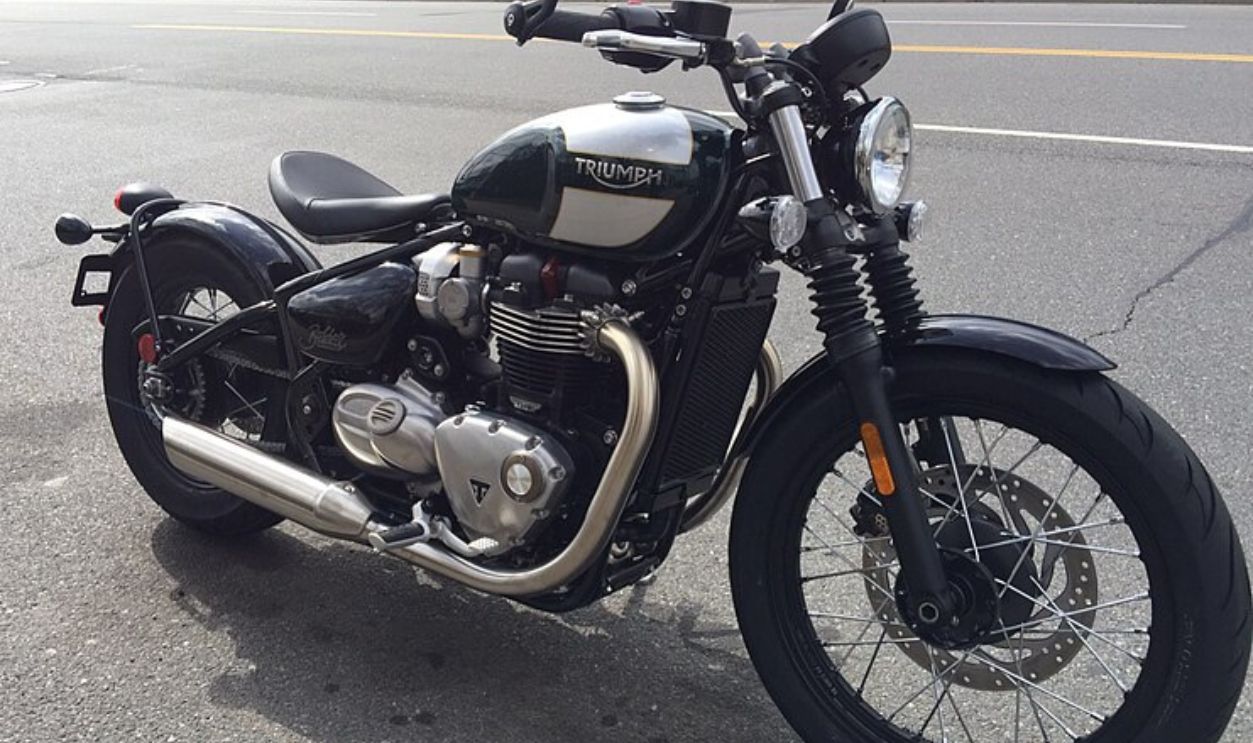 Alex Tanchoco, CC BY-SA 4.0, Wikimedia Commons
Alex Tanchoco, CC BY-SA 4.0, Wikimedia Commons
Bobbers (Cont.)
Stripped to essentials, bobbers highly promote minimalism. Chopped fenders, single seats, and rigid frames are what determine their style. Fat rear tires and shortened rear suspension create a distinctive stance, while the overall style appeals to those buyers valuing tradition and hands-on customization.
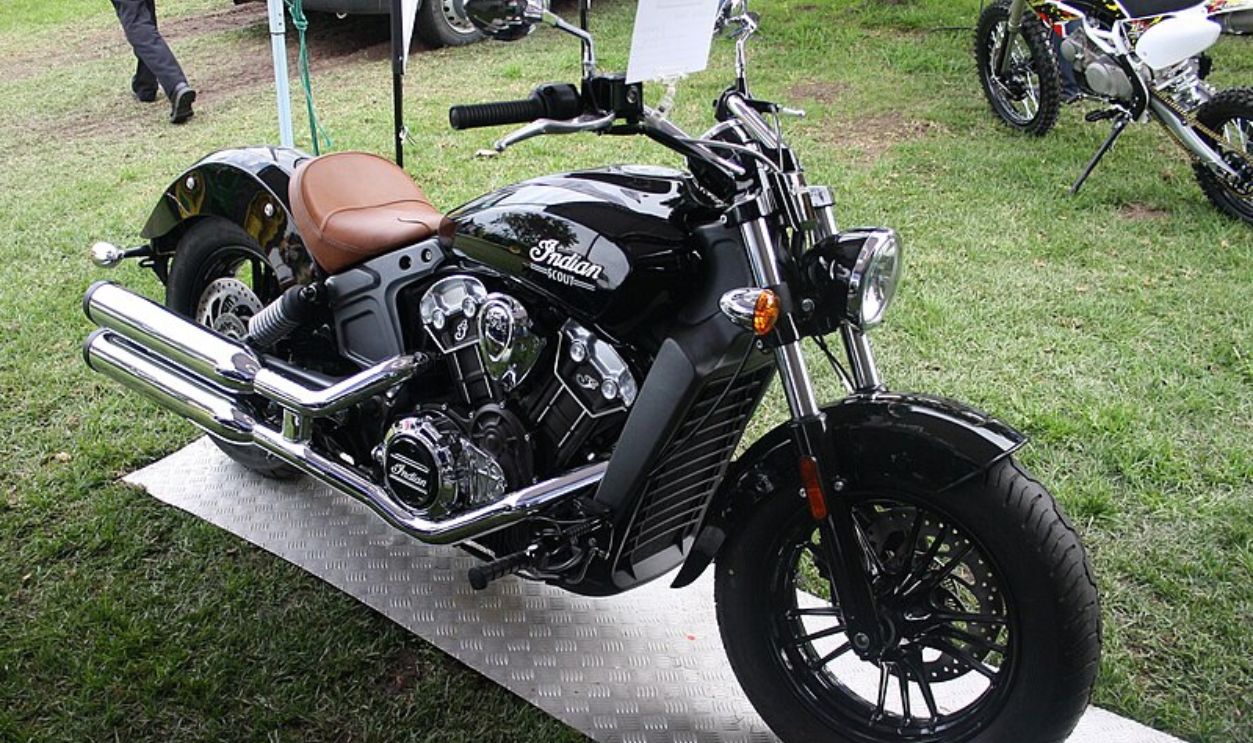 Bob Adams, CC BY-SA 2.0, Wikimedia Commons
Bob Adams, CC BY-SA 2.0, Wikimedia Commons
Supermotos
Born from converting dirt bikes for street use, supermotos bring together flexibility and attitude, featuring upright seating for better control. Street tires on 17-inch wheels replace knobby rubber, while powerful brakes and long-travel suspension help in urban environments.
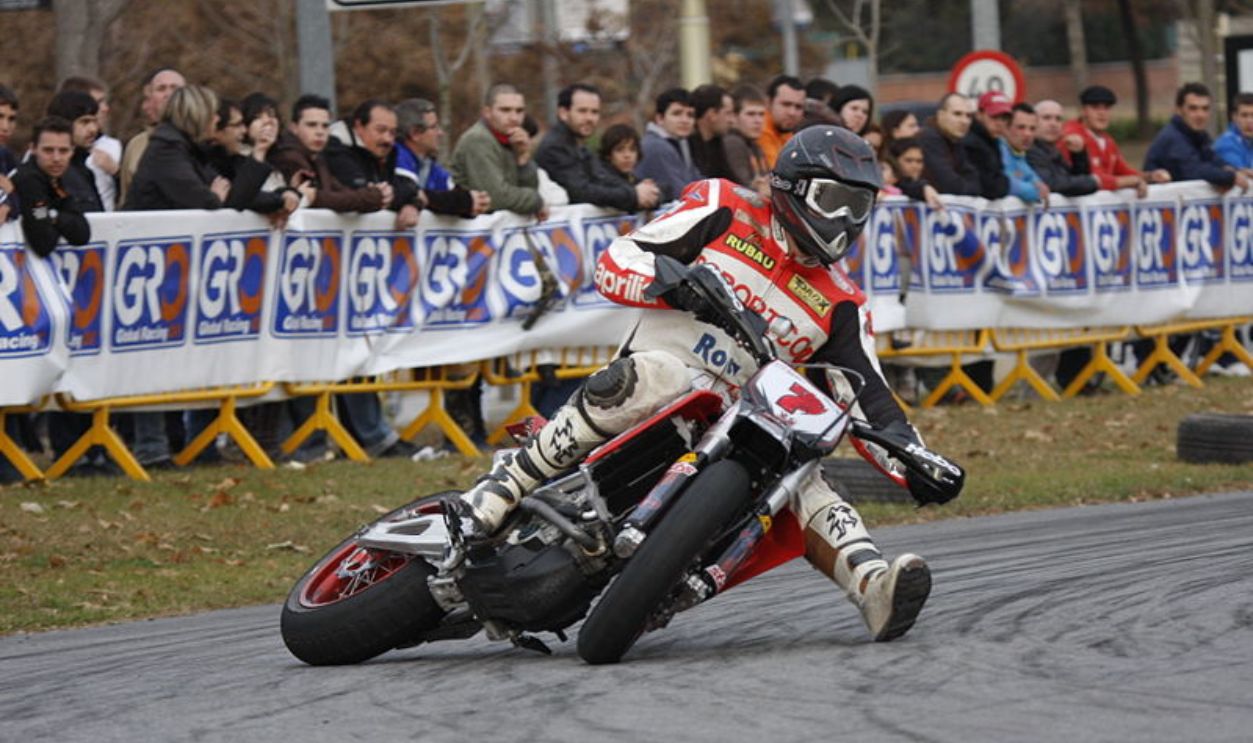 Aleix Llovet Vidal, CC BY-SA 3.0, Wikimedia Commons
Aleix Llovet Vidal, CC BY-SA 3.0, Wikimedia Commons
Supermotos (Cont.)
Husqvarna 701 Supermoto is the best known till date. It has a speed of around 120 mph (193 km/h). These babies shine on twisty roads and tight city streets. Supermotos are said to encourage playful riding, easily popping wheelies or sliding around corners. Still, be careful!
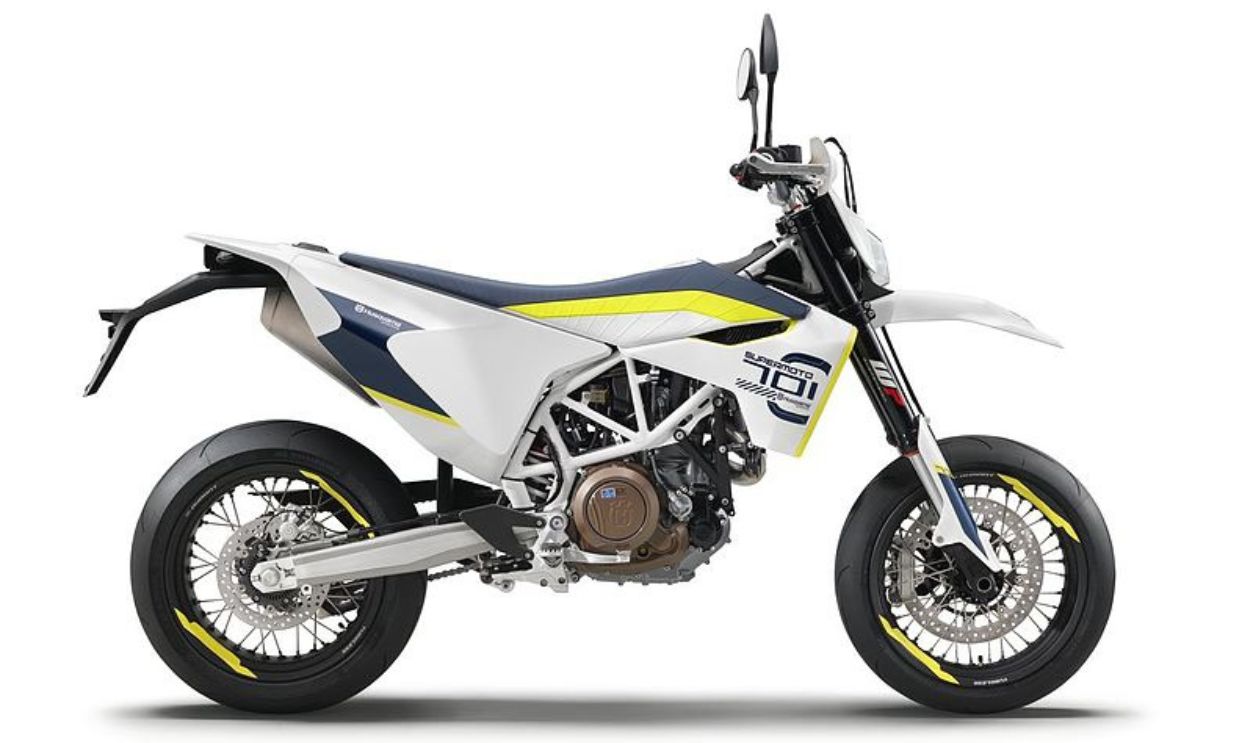 KTM AG, CC BY-SA 4.0, Wikimedia Commons
KTM AG, CC BY-SA 4.0, Wikimedia Commons
Trikes
Trikes come in various configurations, from Harley-Davidson's factory-built models to custom conversions. Two wheels in front (like Can-Am Spyder) or back (traditional trike) offer different handling characteristics. Here's where three-wheeled stability literally meets motorcycle thrills.
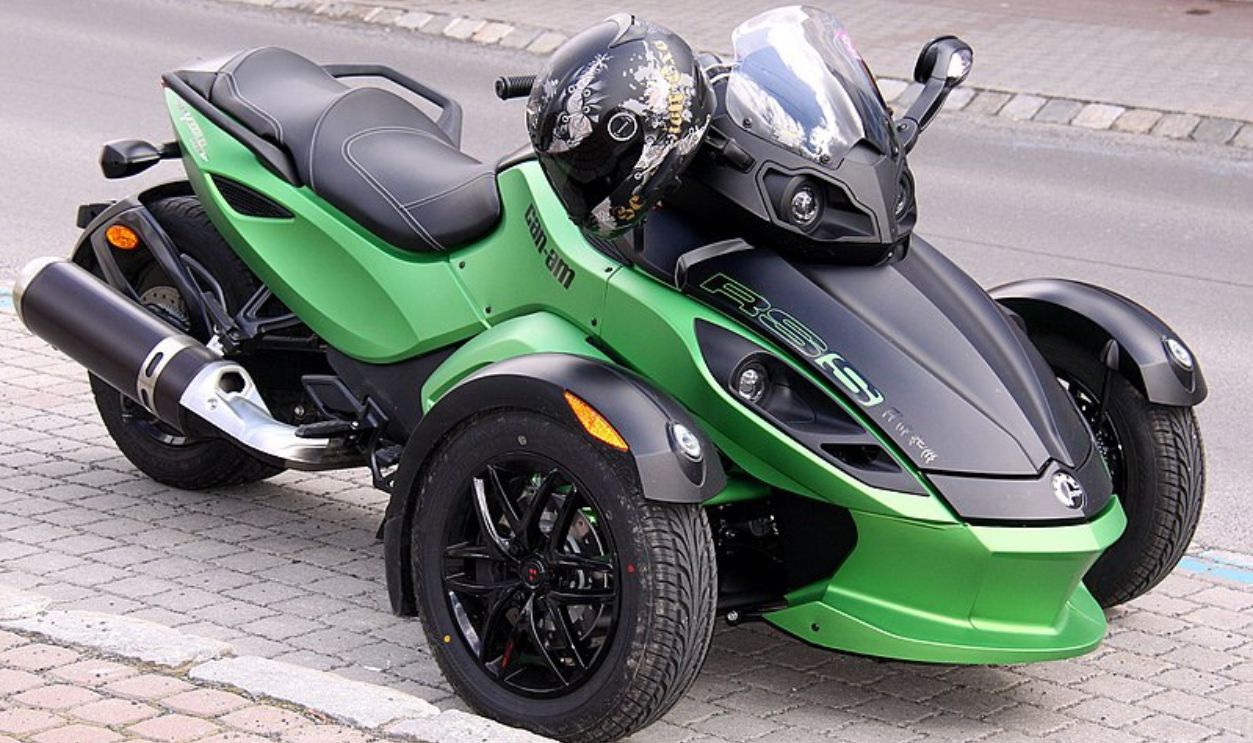 Steindy, CC BY-SA 3.0, Wikimedia Commons
Steindy, CC BY-SA 3.0, Wikimedia Commons
Trikes (Cont.)
Their added stability can be confidence-inspiring for new riders. Their extra weight and width make them less flexible than their two-wheeled counterparts. It's also important to note that some jurisdictions have different licensing requirements for the same motorcycle.
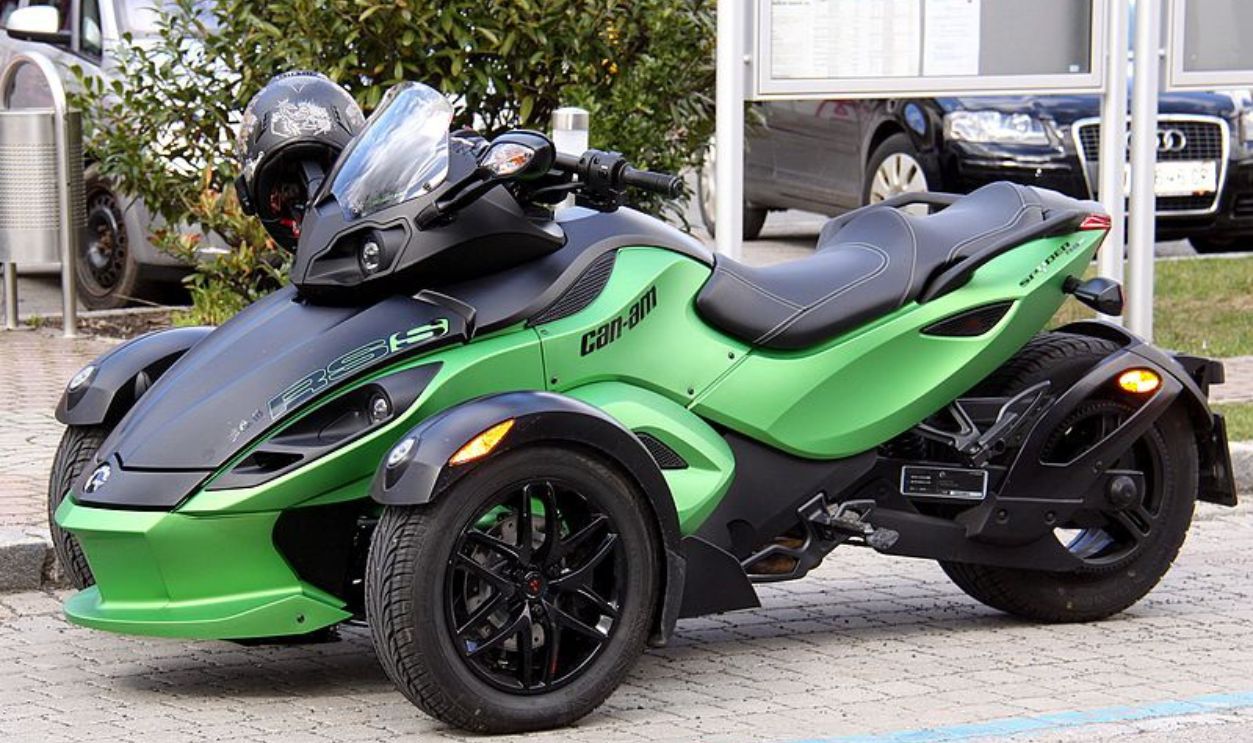 Steindy, CC BY-SA 3.0, Wikimedia Commons
Steindy, CC BY-SA 3.0, Wikimedia Commons
Scooters
Scooters are fantastic for saving on fuel costs. This is where urban mobility is simplified with step-through frames and automatic transmissions. The engine sizes range from 50cc city runabouts to 650cc highway-capable machines. And Vespa remains an iconic brand to buy one from.
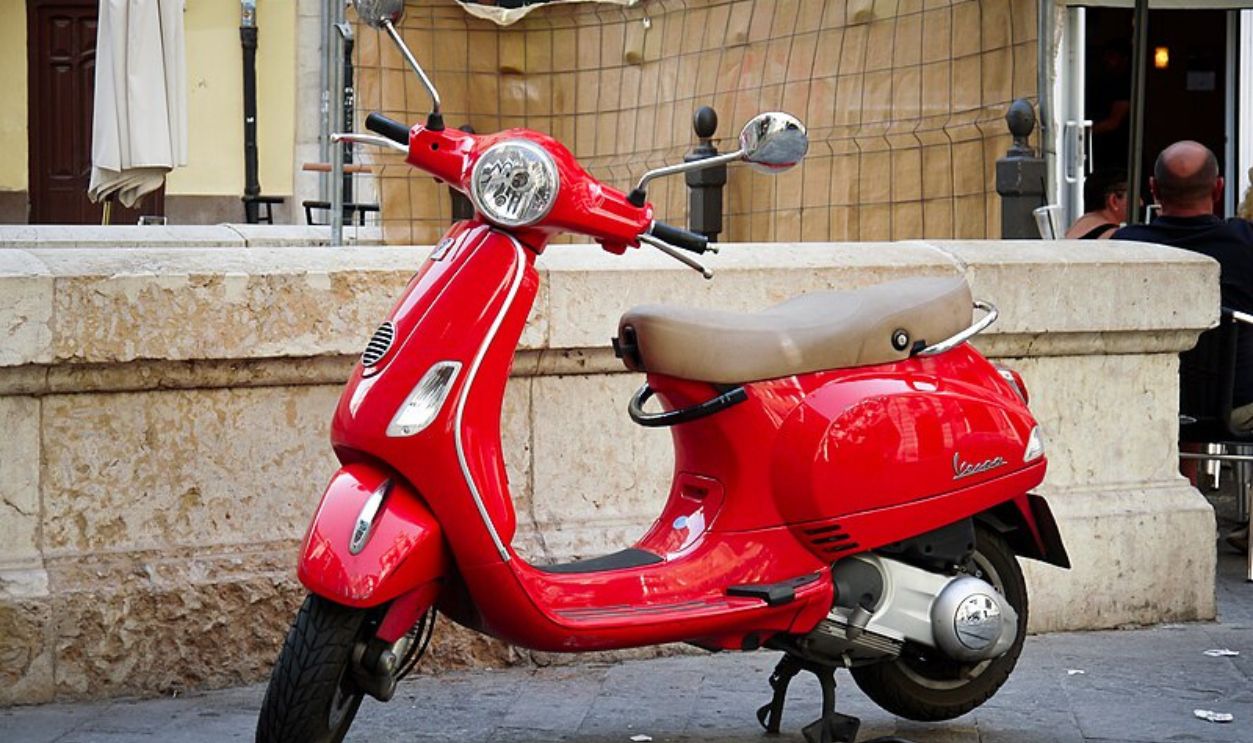 www.calvinwest.com, CC BY-SA 4.0, Wikimedia Commons
www.calvinwest.com, CC BY-SA 4.0, Wikimedia Commons
Scooters (Cont.)
Under-seat storage offers practical cargo space, but small wheels may struggle with rough roads and potholes. Many regions permit scooters to be ridden with a standard driver's license. The motoped, which went into production in 1915, is thought to have been the first motor bike.
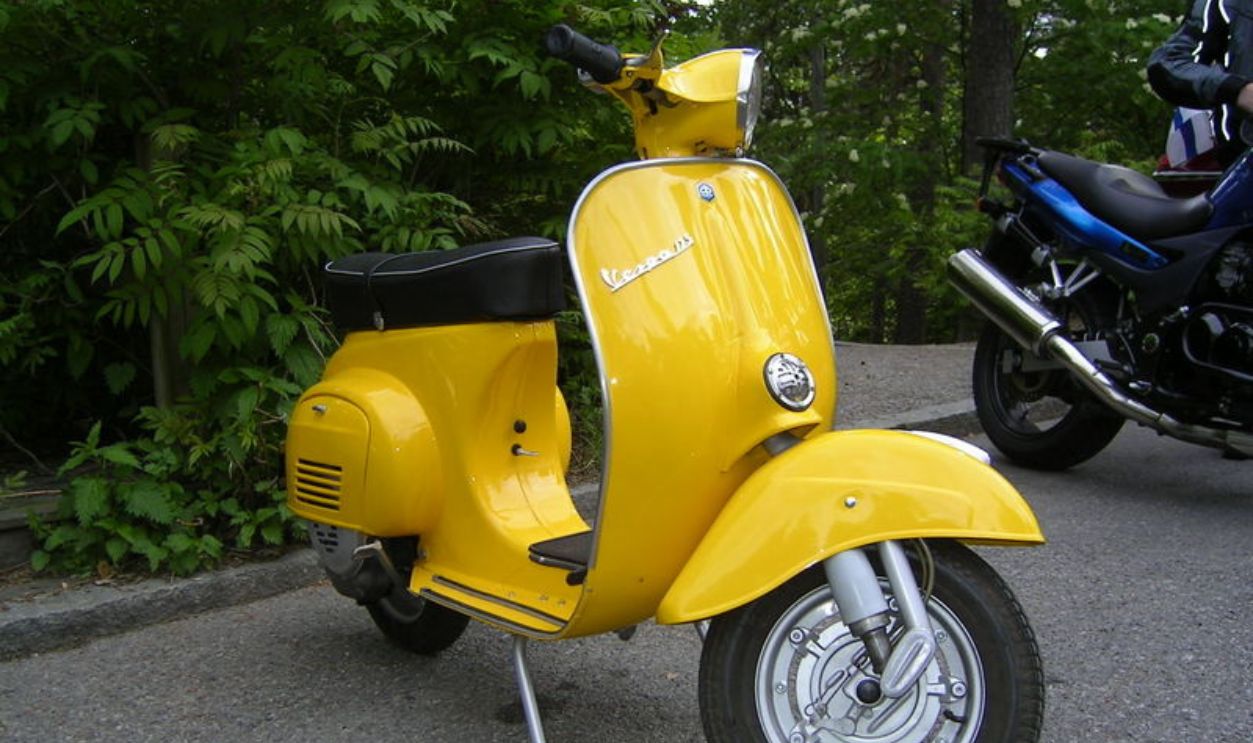 Khaosaming, CC BY-SA 3.0, Wikimedia Commons
Khaosaming, CC BY-SA 3.0, Wikimedia Commons
Mopeds
Puch and Tomos were legendary brands, with modern interpretations from companies like Lexmoto. Mixing bicycle simplicity with motor assistance, mopeds offer ultra-lightweight transport. Their low power output also limits highway use.
Mopeds (Cont.)
Vintage models have a strong following among enthusiasts, as mopeds are popular among those in need of no-frills transportation. Electric versions have also been new and emerging lately. Pedals (hence the term "moped") are now rare and have been replaced by footrests on most models.
Enduros
At the International Six Day Trial (ISDT), which is now called the International Six Days Enduro (ISDE), the first enduro-specific motorcycles were shown. Enduro bikes are essentially competition dirt bikes modified for occasional road use. They feature lightweight structures, long-travel suspension, and knobby tires to tackle tough terrain.
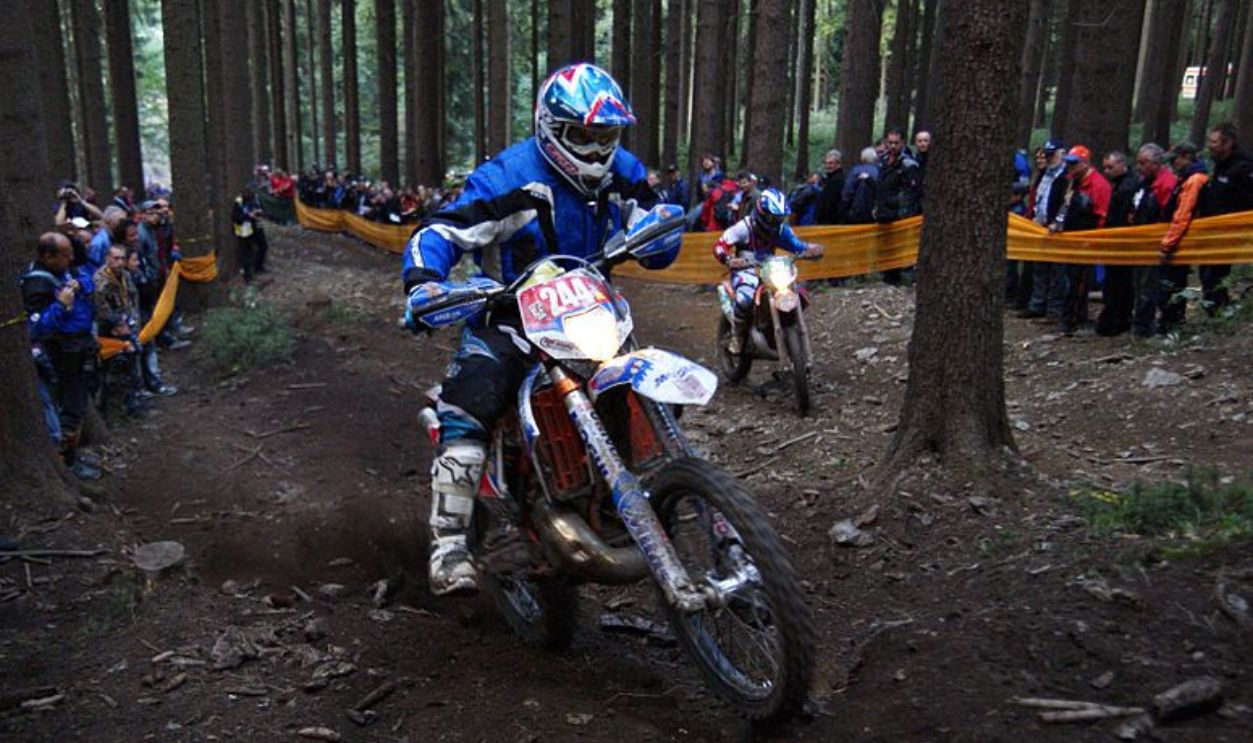 Liesel, CC BY-SA 3.0, Wikimedia Commons
Liesel, CC BY-SA 3.0, Wikimedia Commons
Enduros (Cont.)
If you're thinking of buying one of these bad boys, you should know that street-legal components add weight compared to pure dirt bikes, and their high-performance nature requires frequent maintenance intervals. Alas! All pros have some cons.
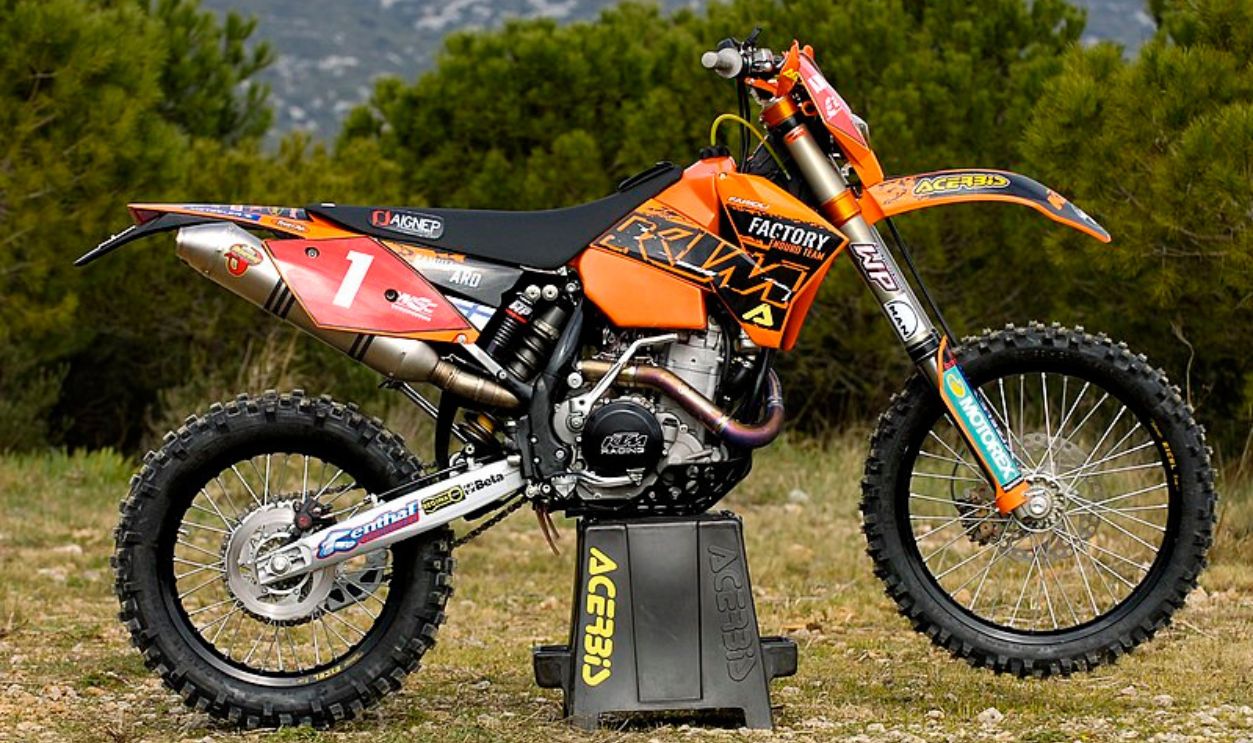 Dario Agrati, Wikimedia Commons
Dario Agrati, Wikimedia Commons
Trials Bikes
With precision and balance taken to extremes, Trials bikes are purpose-built for overcoming obstacles at low speeds. These unique machines are made of lightweight patterns, low-slung engines, and no seats. And no climb is impossible for them to conquer.
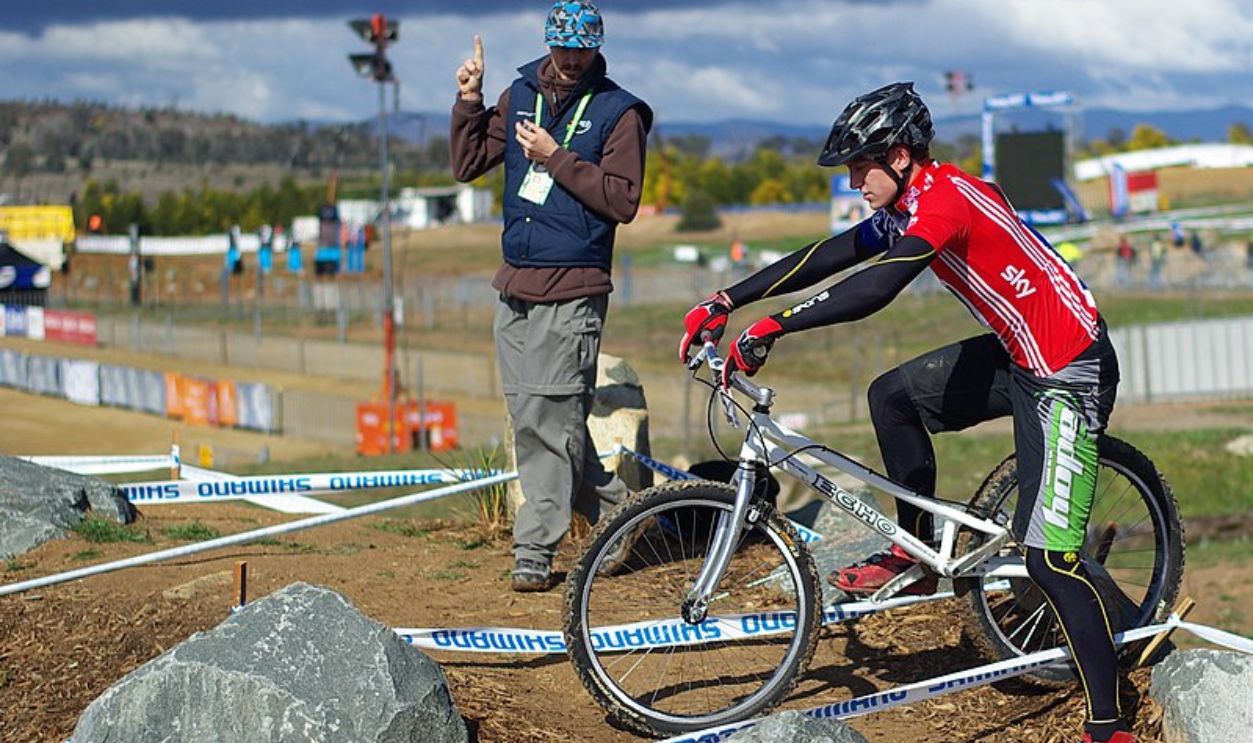 Steve Bennett, CC BY-SA 3.0, Wikimedia Commons
Steve Bennett, CC BY-SA 3.0, Wikimedia Commons
Trials Bikes (Cont.)
Beta and Sherco are big names in trial bikes, which help riders master incredible bike control. Key techniques for the same include low-speed clutch control and throttle modulation. These bikes attract those who are all about refining their technical skills and competing in trial events.
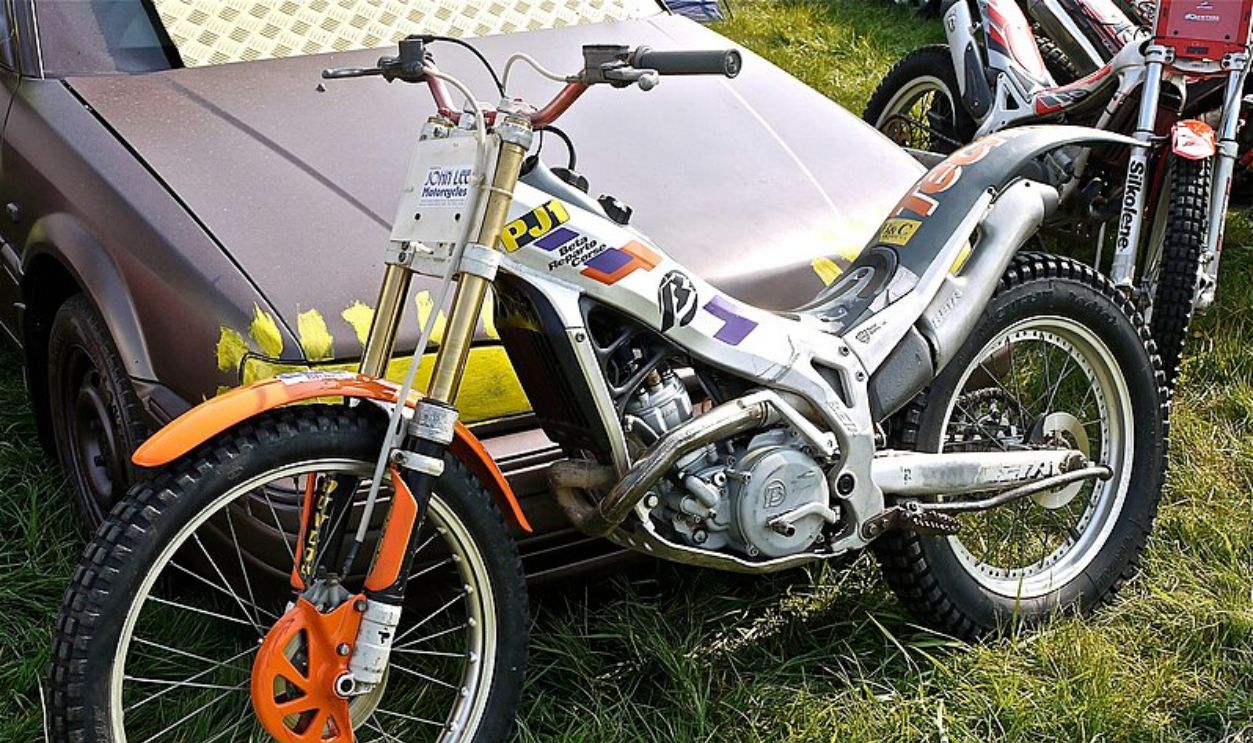 Mick, CC BY 2.0, Wikimedia Commons
Mick, CC BY 2.0, Wikimedia Commons
Sidecar Rigs
Sidecar rigs add flow to motorcycle journeys by pairing motorcycles with attached passenger compartments. Ural is famous for purpose-built sidecar motorcycles, while many riders add aftermarket sidecars to standard bikes. These rigs are good at carrying passengers or cargo while maintaining motorcycle-like experiences.
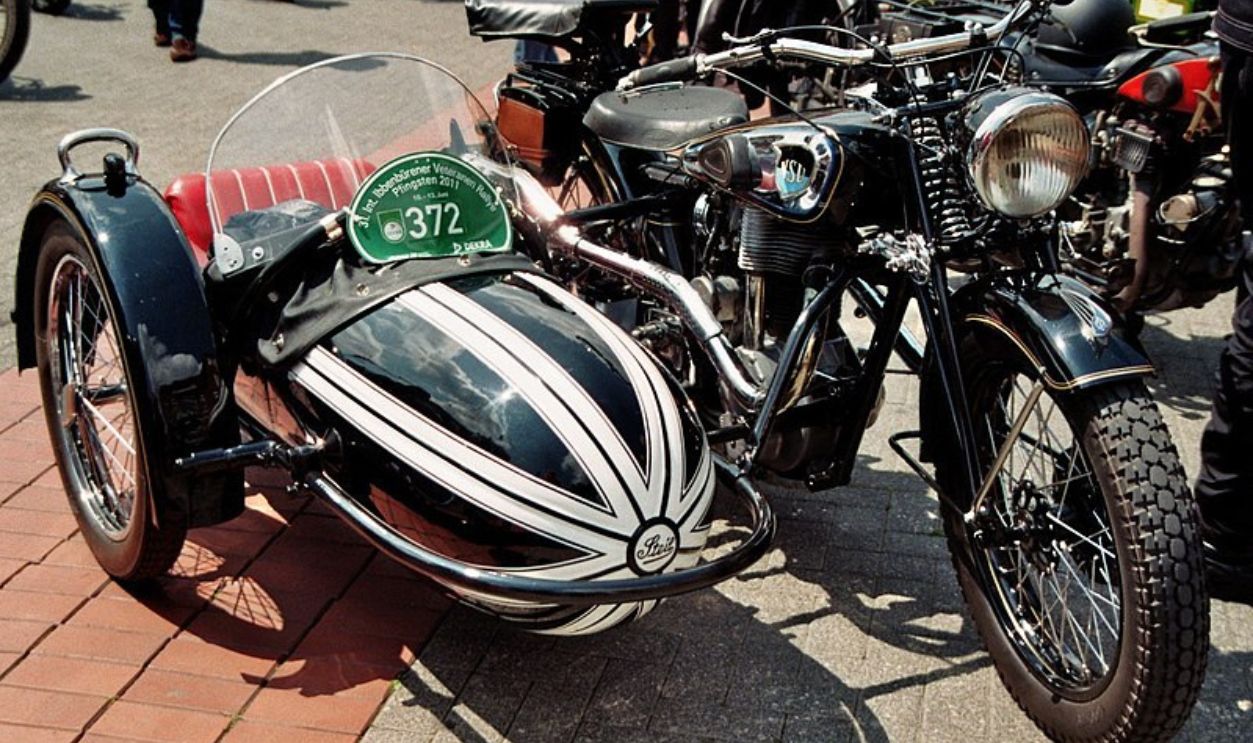 J.-H. Janßen, CC0, Wikimedia Commons
J.-H. Janßen, CC0, Wikimedia Commons
Sidecar Rigs (Cont.)
These attract riders who want to share the experience with a partner or need extra cargo space. And If you ever have a falling out with your partner, just detach the sidecar (like your heart). Riding with a sidecar does require mastering unique skills. Some countries and cities even have special licensing rules for them.
Mini Bikes
As the name suggests, Mini bikes are compact and fun for riders of all ages. They have small frames and engines ranging from 50 to 125 cc. They include pit bikes for racing paddocks and street-legal favorites like the Honda Grom and Kawasaki Z125 Pro. These bikes are good for teaching new riders the basics of motorcycling.
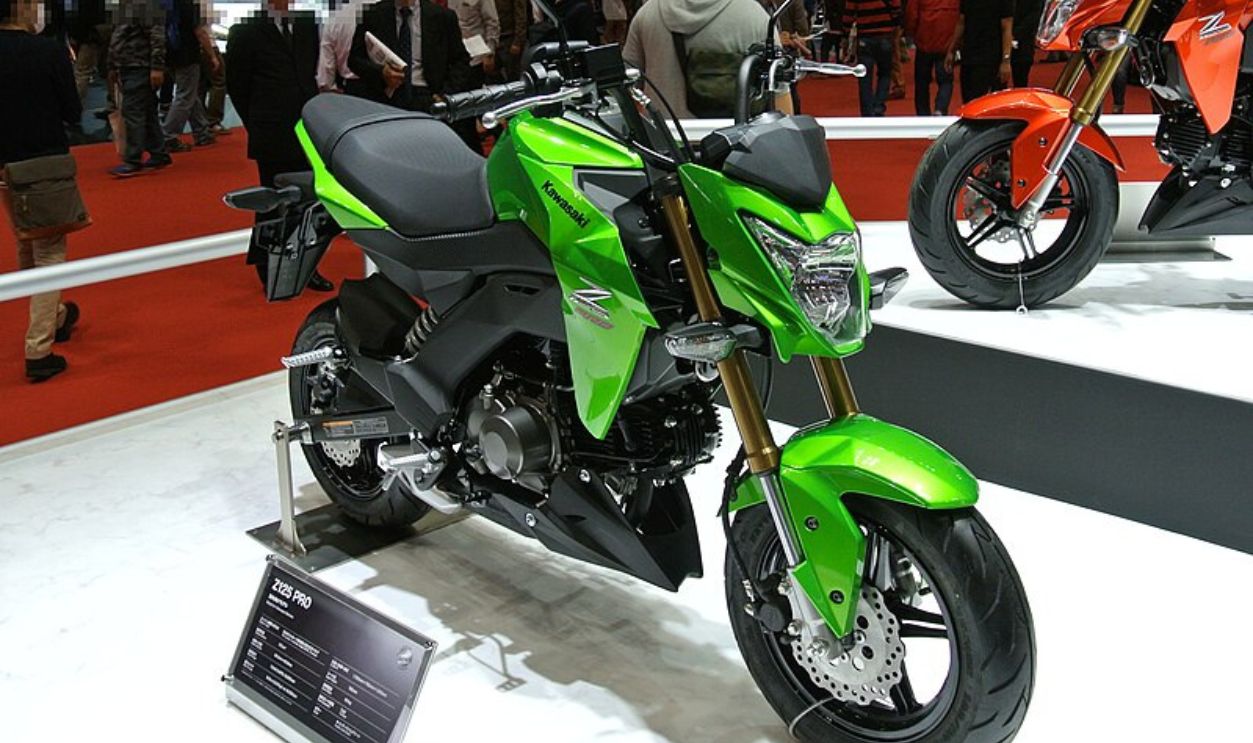 Rainmaker47, CC BY-SA 4.0, Wikimedia Commons
Rainmaker47, CC BY-SA 4.0, Wikimedia Commons
Mini Bikes (Cont.)
Owning featherlight weight and low seats, Mini Bikes help uplift rider confidence. Their limited top speeds mean they're not made for highways. But many enthusiasts modify them for racing or stunts. These bikes are generally picked by experienced riders who want a playful second bike for zipping around.
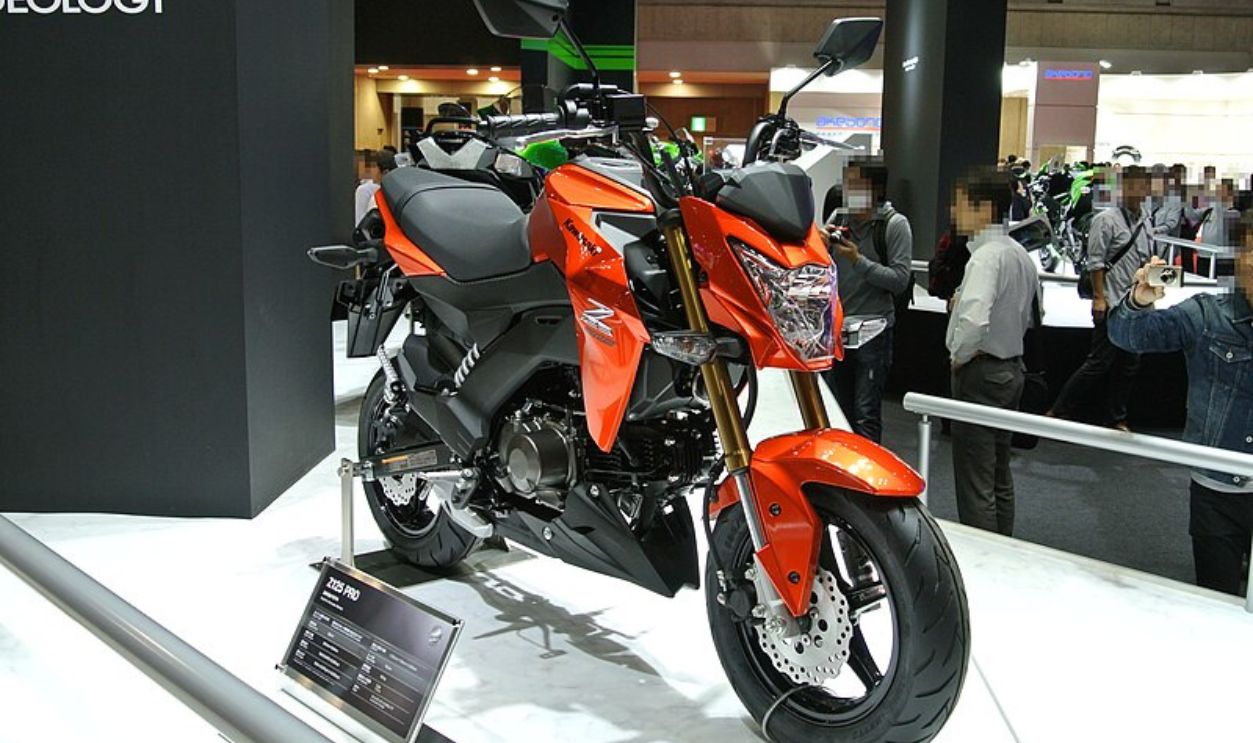 Rainmaker47, CC BY-SA 4.0, Wikimedia Commons
Rainmaker47, CC BY-SA 4.0, Wikimedia Commons
Baggers
Harley-Davidson Street Glide, Indian Chieftain, and Yamaha Star Eluder are prime specimens of baggers. They're basically what you get after merging cruiser styling with touring functionality, large front fairings, and integrated saddlebags. Also, slammed rear suspensions and big front wheels add a kick to the bike.
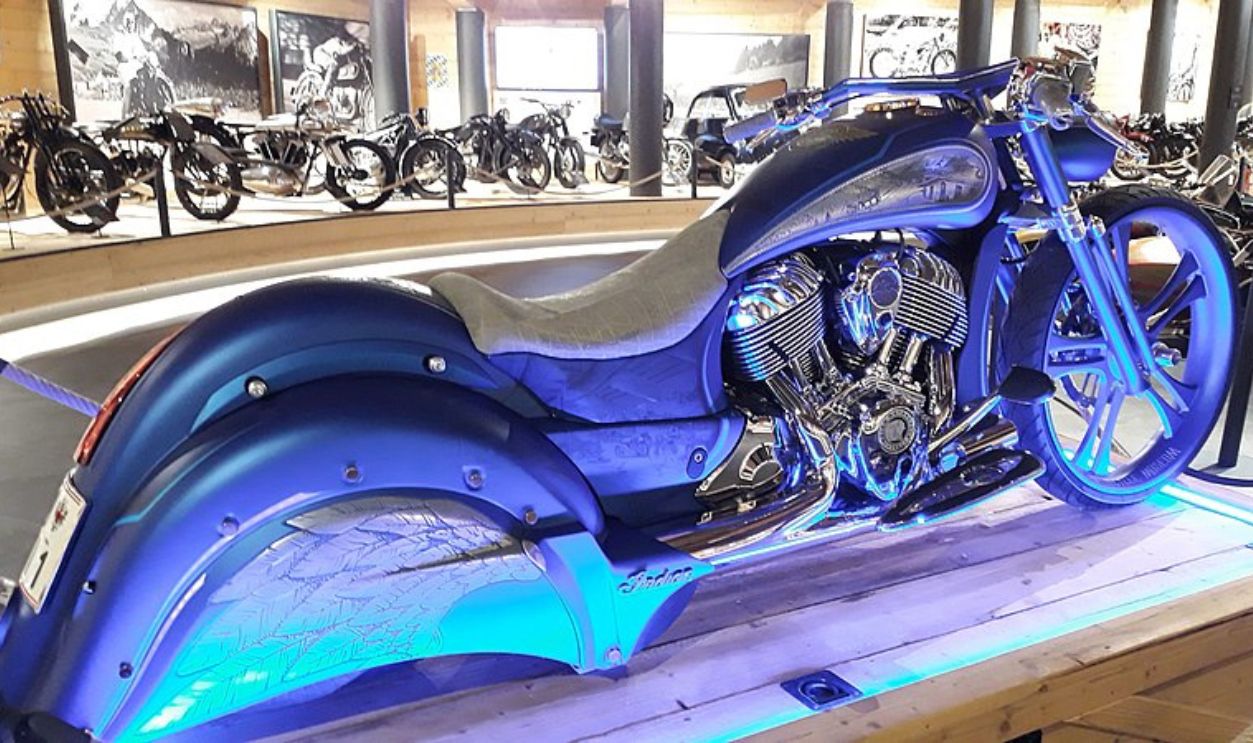 Rikki Mitterer, CC BY-SA 4.0, Wikimedia Commons
Rikki Mitterer, CC BY-SA 4.0, Wikimedia Commons
Baggers (Cont.)
These look cool and are comfortable enough to wear while driving on the highway. Because they block wind and can hold a lot of stuff, they are good for longer trips. Life hack: if the back end is lowered, it can reduce the suspension's travel and the ground clearance.
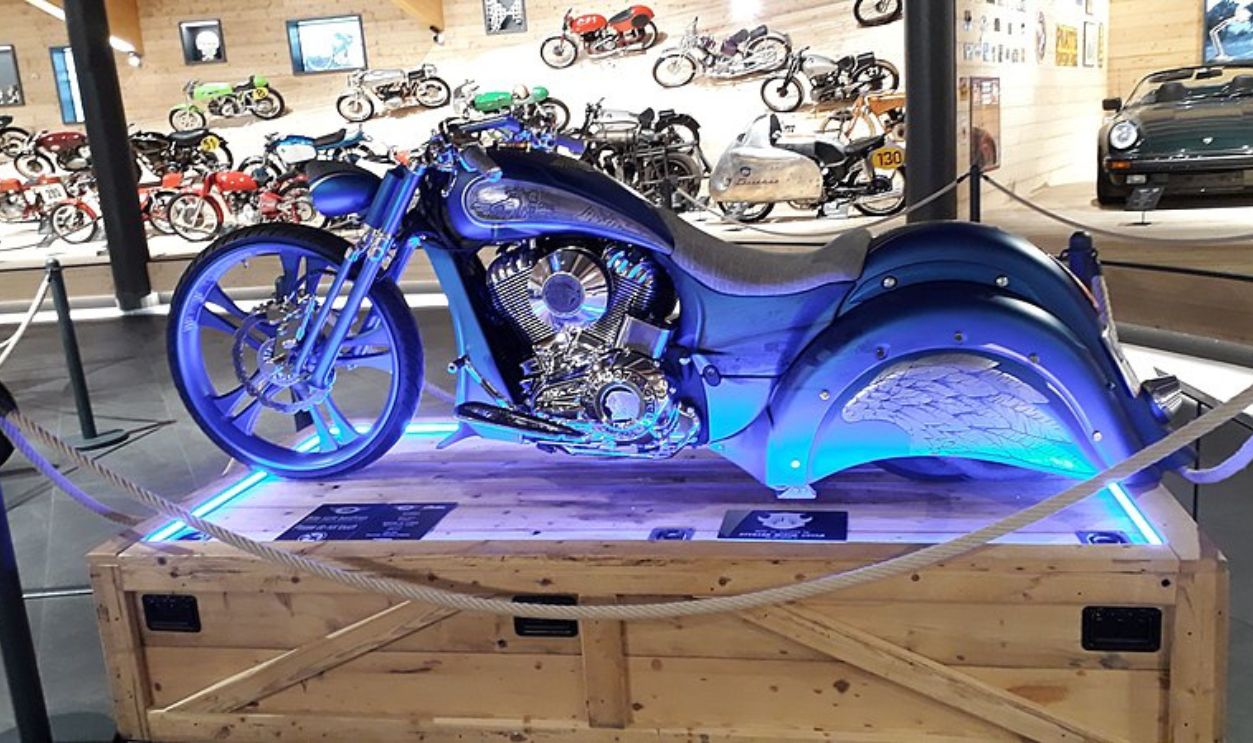 Rikki Mitterer, CC BY-SA 4.0, Wikimedia Commons
Rikki Mitterer, CC BY-SA 4.0, Wikimedia Commons
Retro Standards
Retro standards, as you might've guessed, is all about that nostalgic vibe. Their upright riding positions and round headlights bring back the old age of motorcycling. Suitable for city cruising and weekend getaways, these bikes offer good handling without the aggressive engineering.
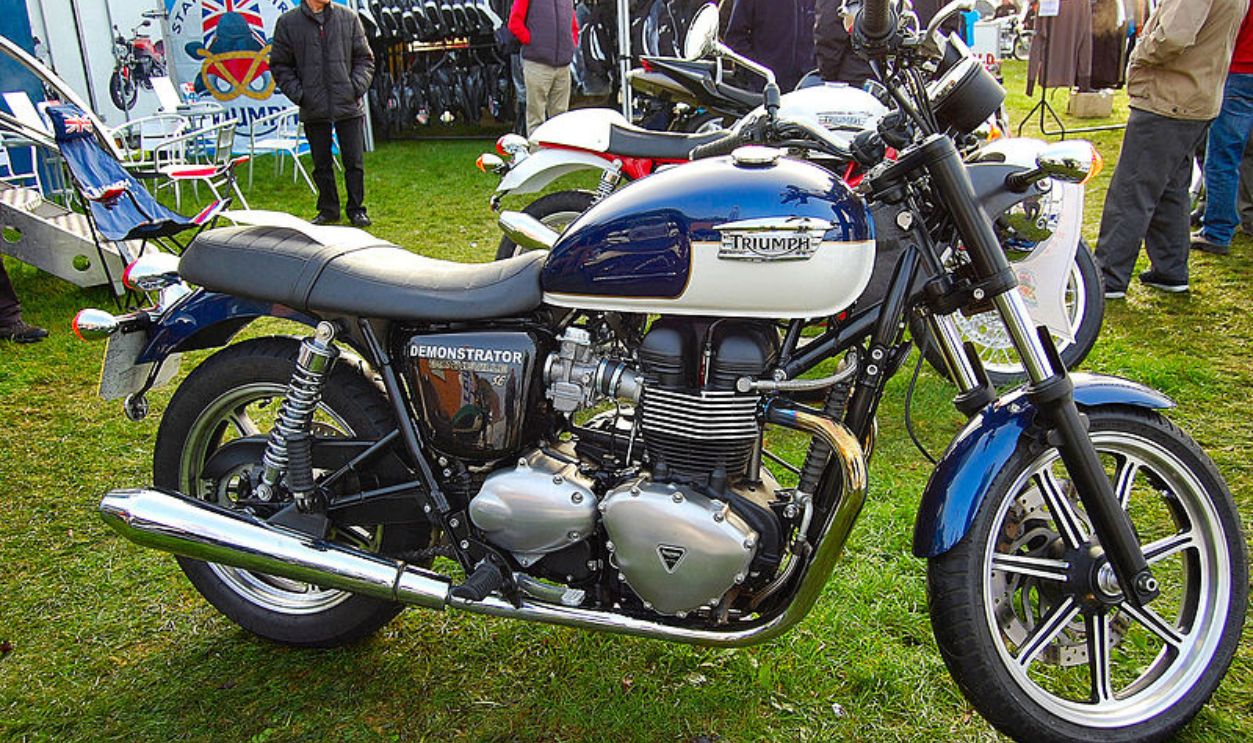 Ronald Saunders, CC BY-SA 2.0, Wikimedia Commons
Ronald Saunders, CC BY-SA 2.0, Wikimedia Commons
Retro Standards (Cont.)
Many retro standards have modern features like ABS and traction control that are hidden under a framework that looks old. Some types still have engines that are cooled by air, which keeps the classic look. Triumph Bonneville and Moto Guzzi V7 are the stars here.
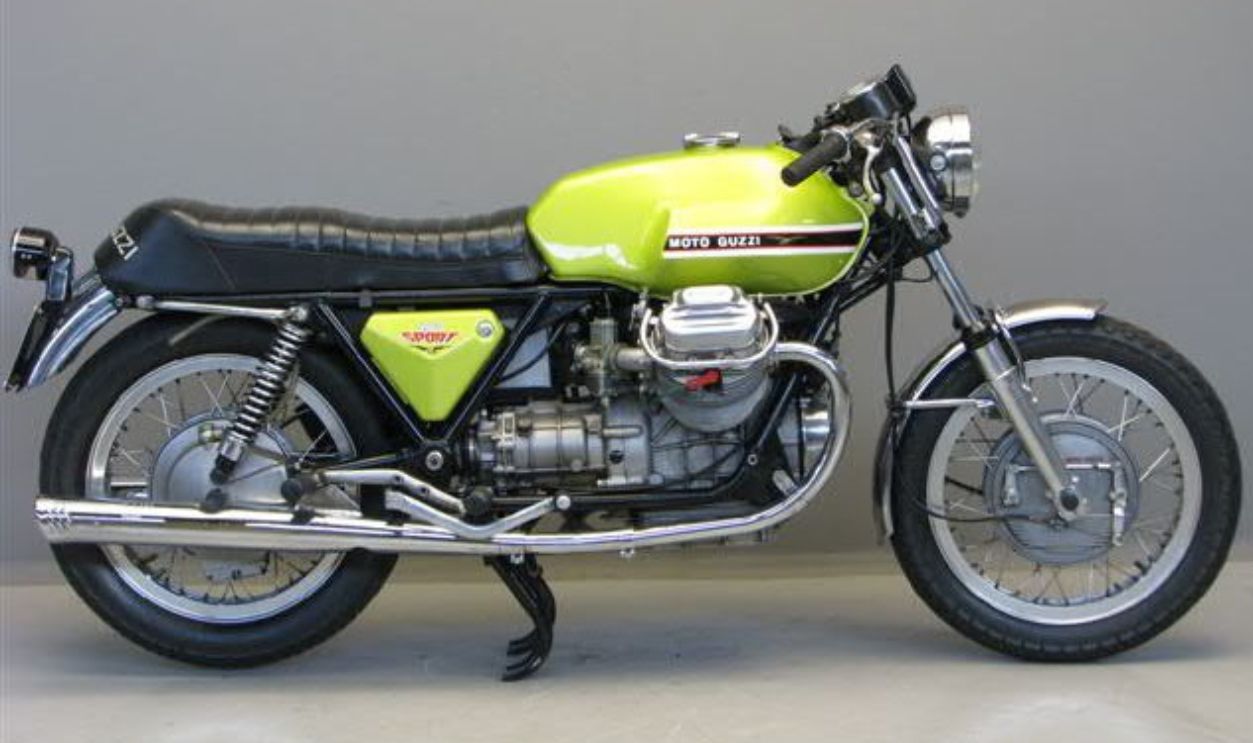 Yesterdays Antique Motorcycles, CC BY-SA 4.0, Wikimedia Commons
Yesterdays Antique Motorcycles, CC BY-SA 4.0, Wikimedia Commons

